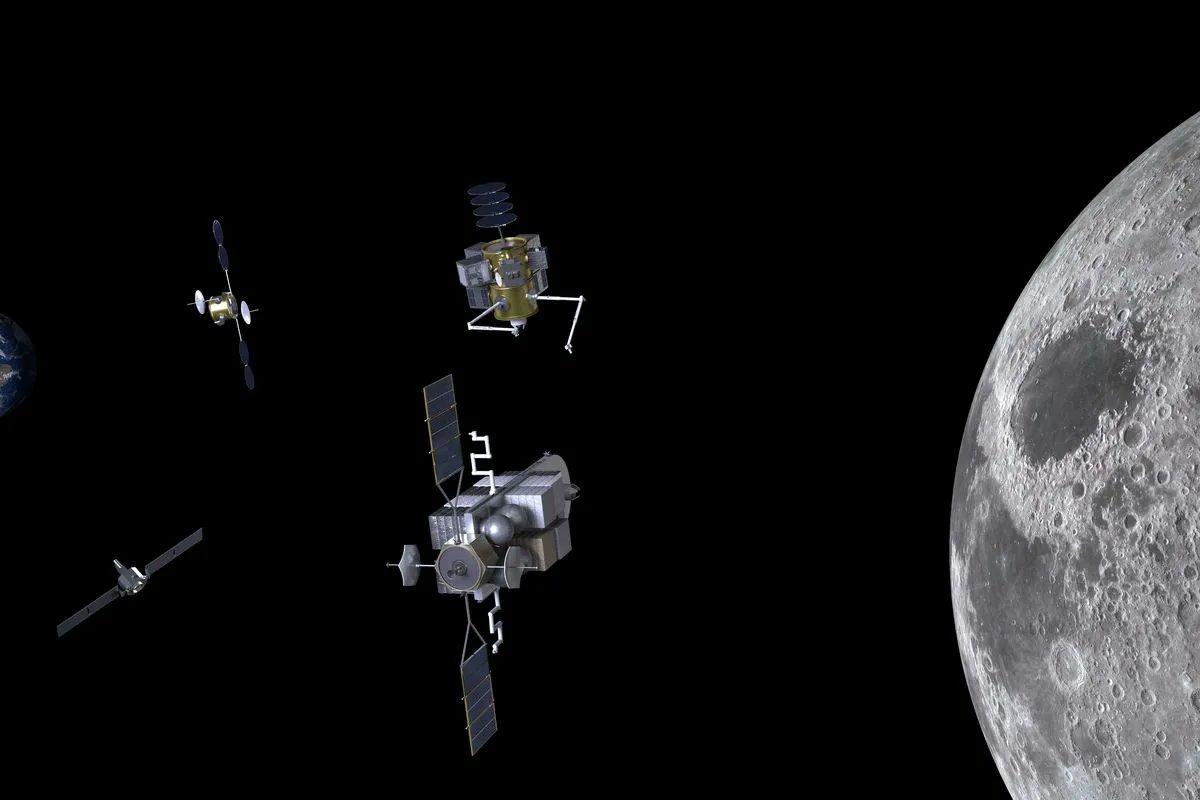
Continue reading
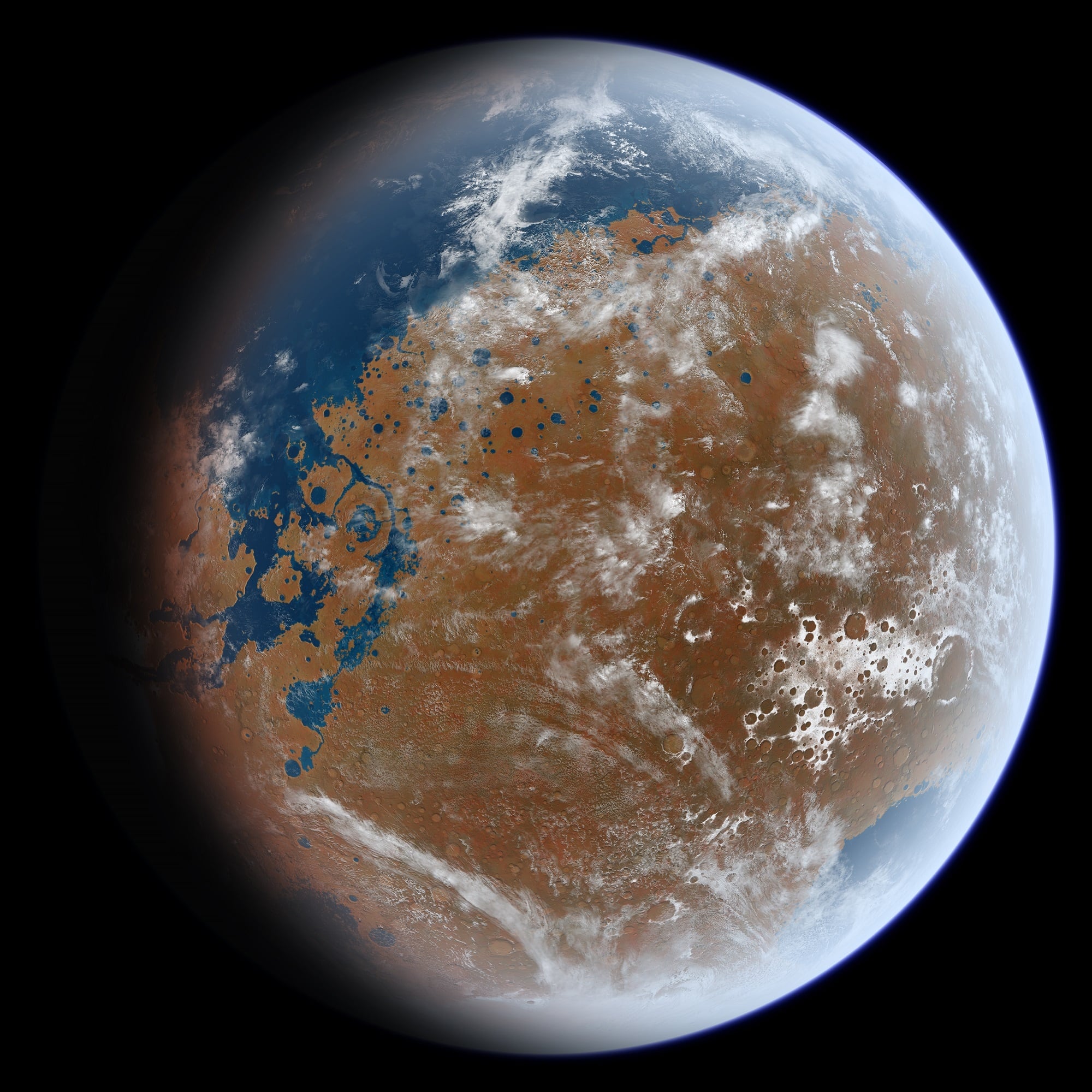
According to new NASA-sponsored research, Mars may have had an ocean as recent as 3 billion years ago (500 million years longer than expected).
Continue reading
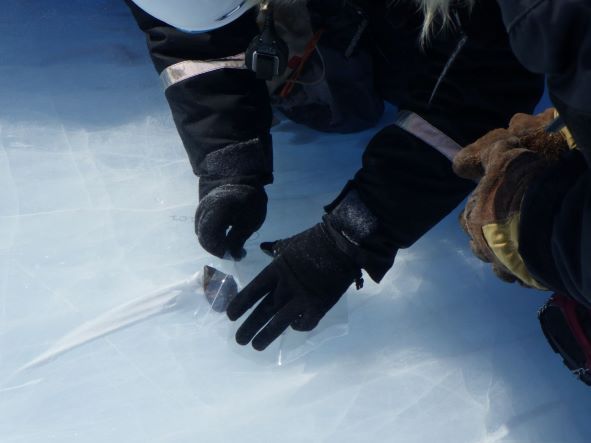
Continue reading
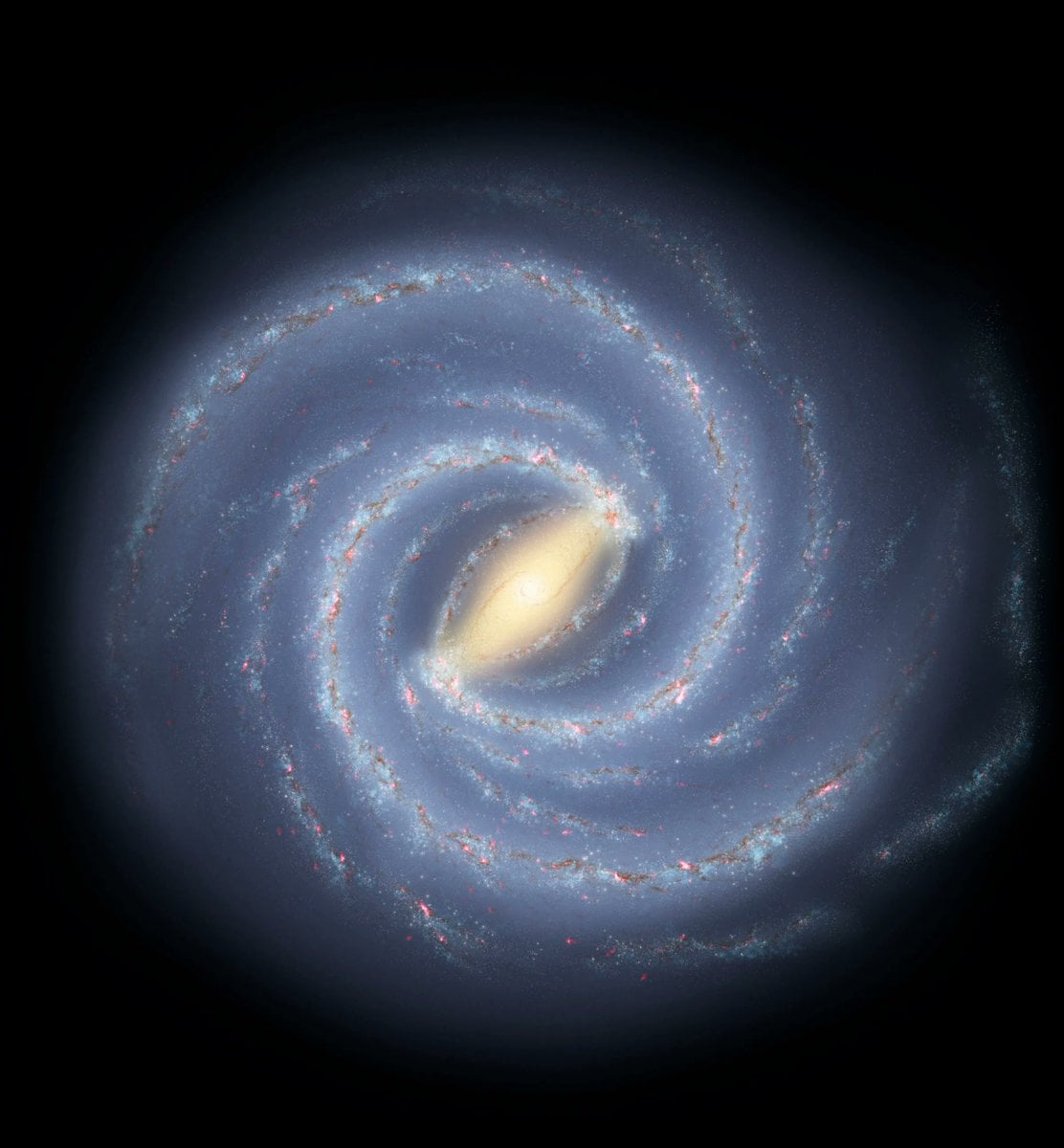
Continue reading

Continue reading
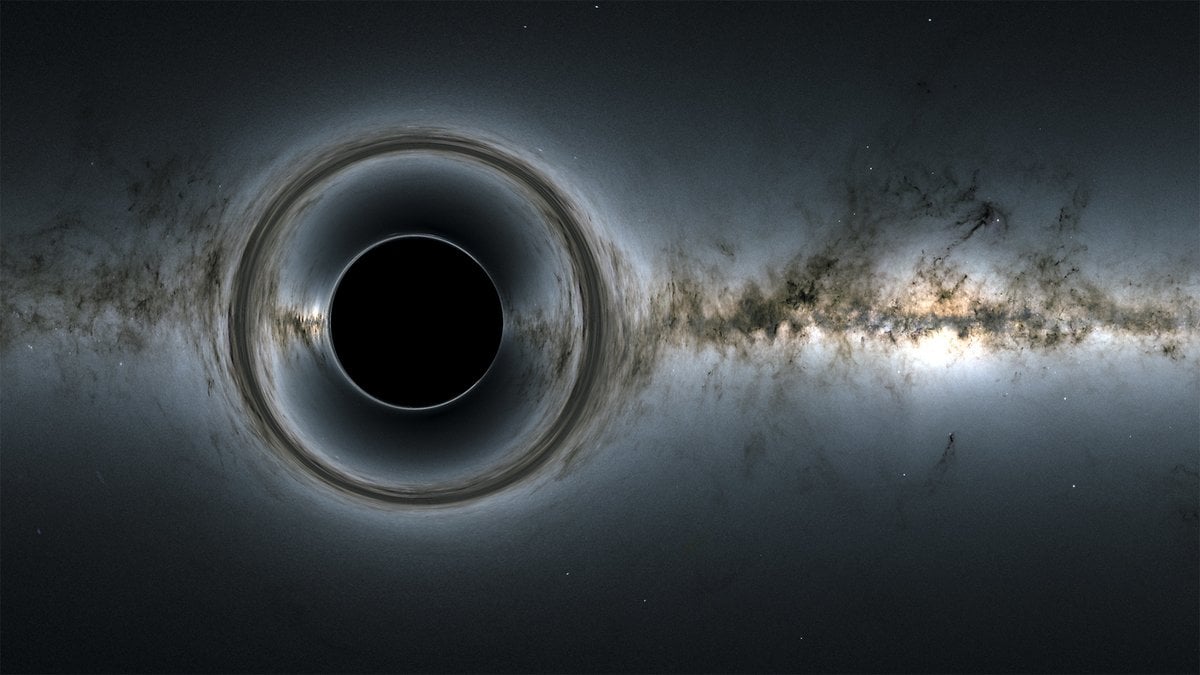
Continue reading
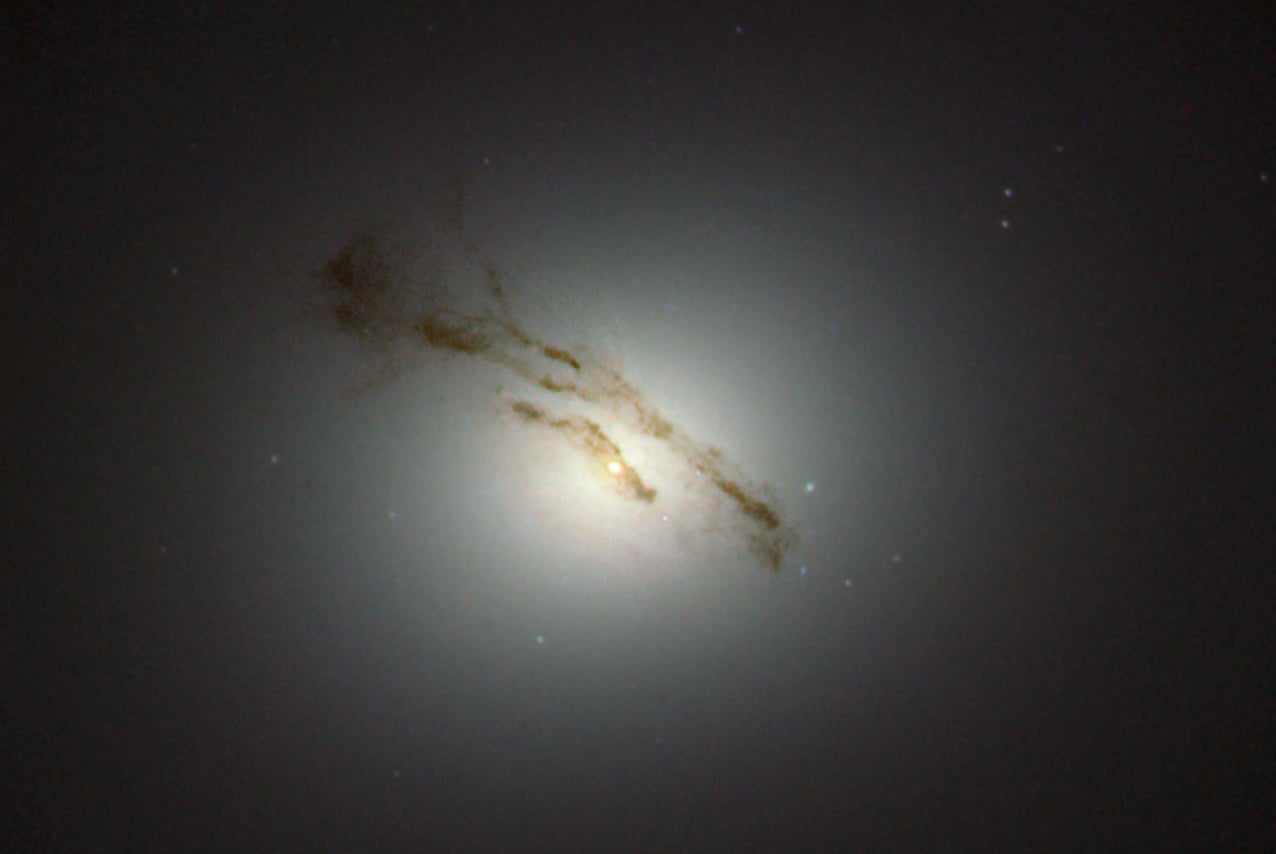
Continue reading
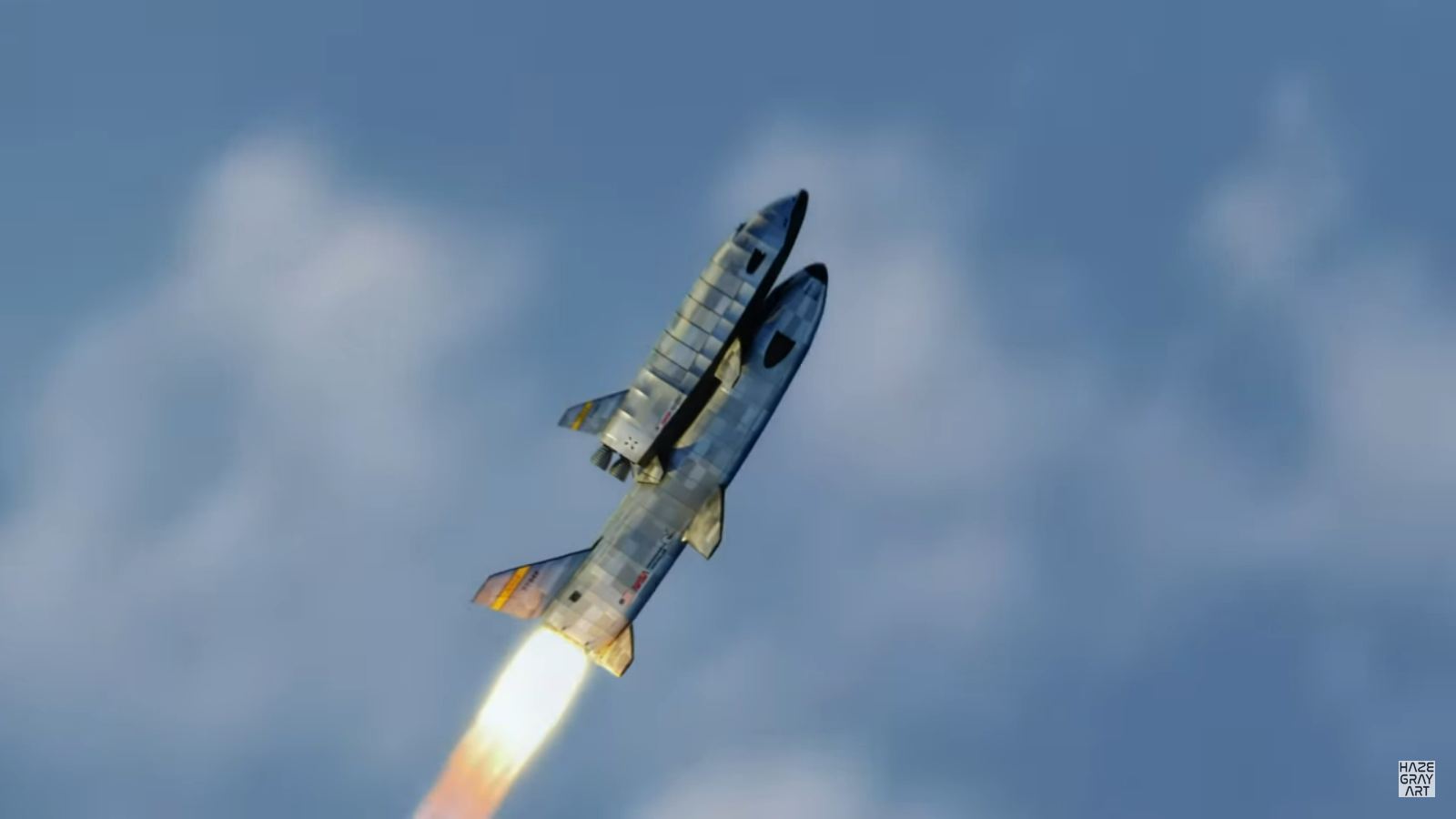
A new animation shows what an alternate design for the Space Shuttle - a fully-reusable two-stage vehicle (DC-3) - would have looked like.
Continue reading
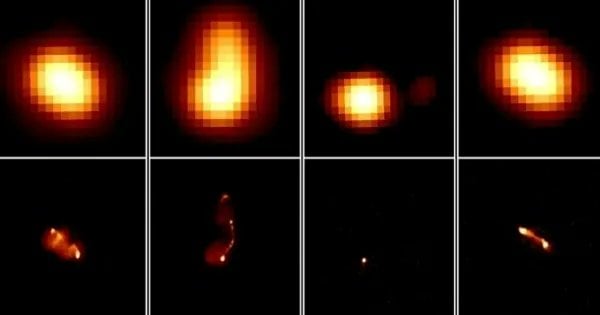
Continue reading
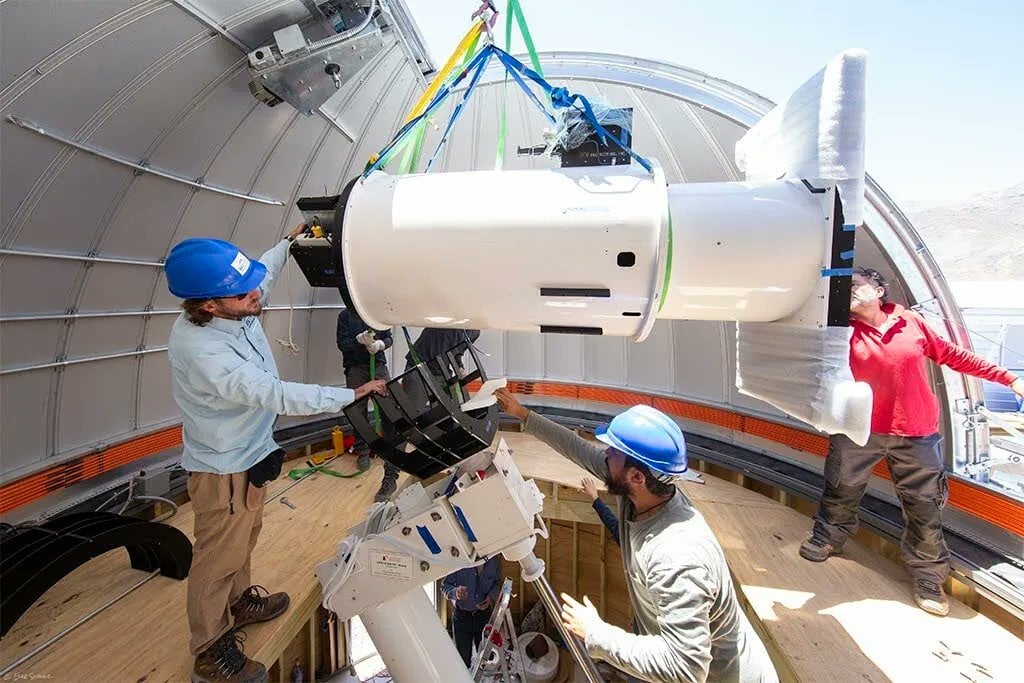
Continue reading
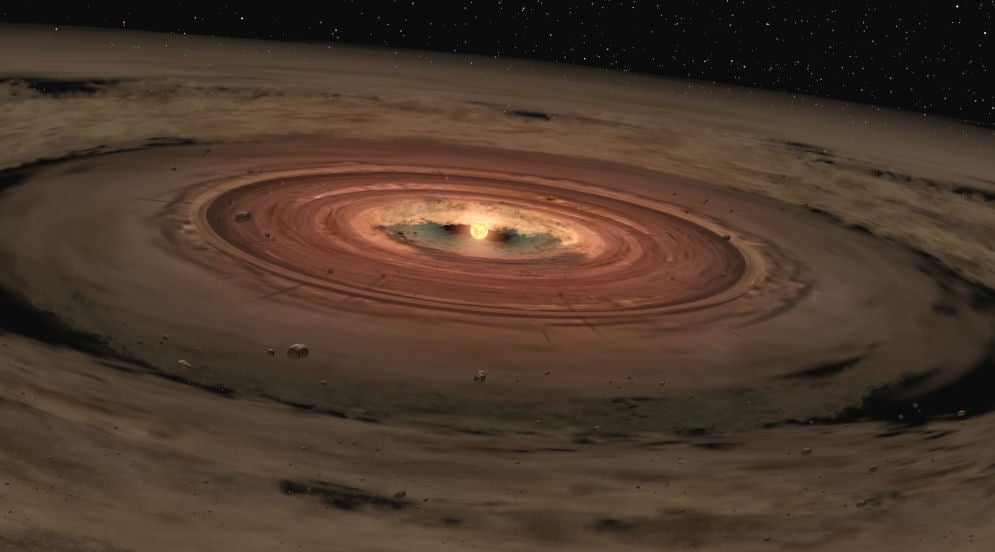
Continue reading
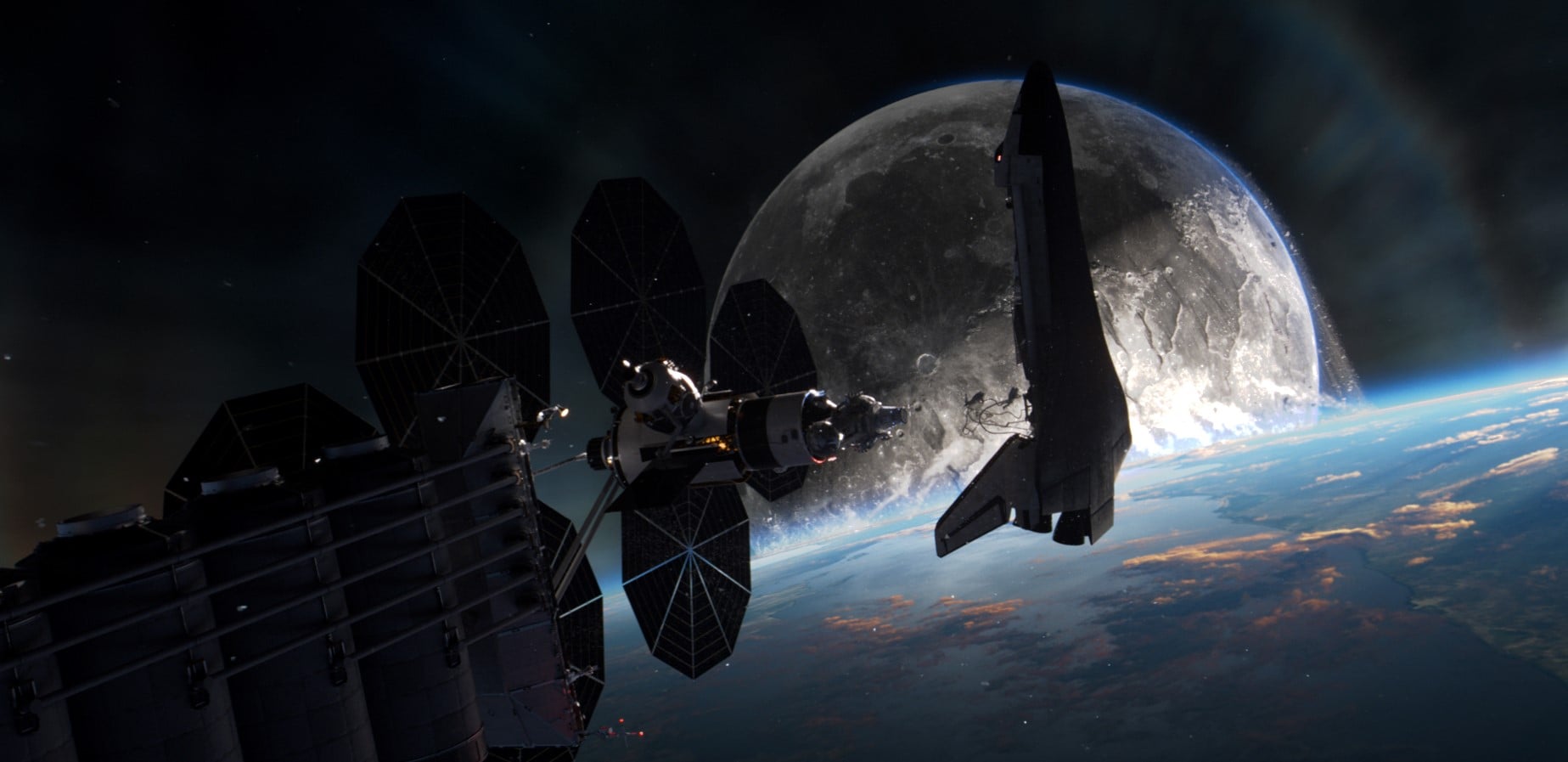
Continue reading
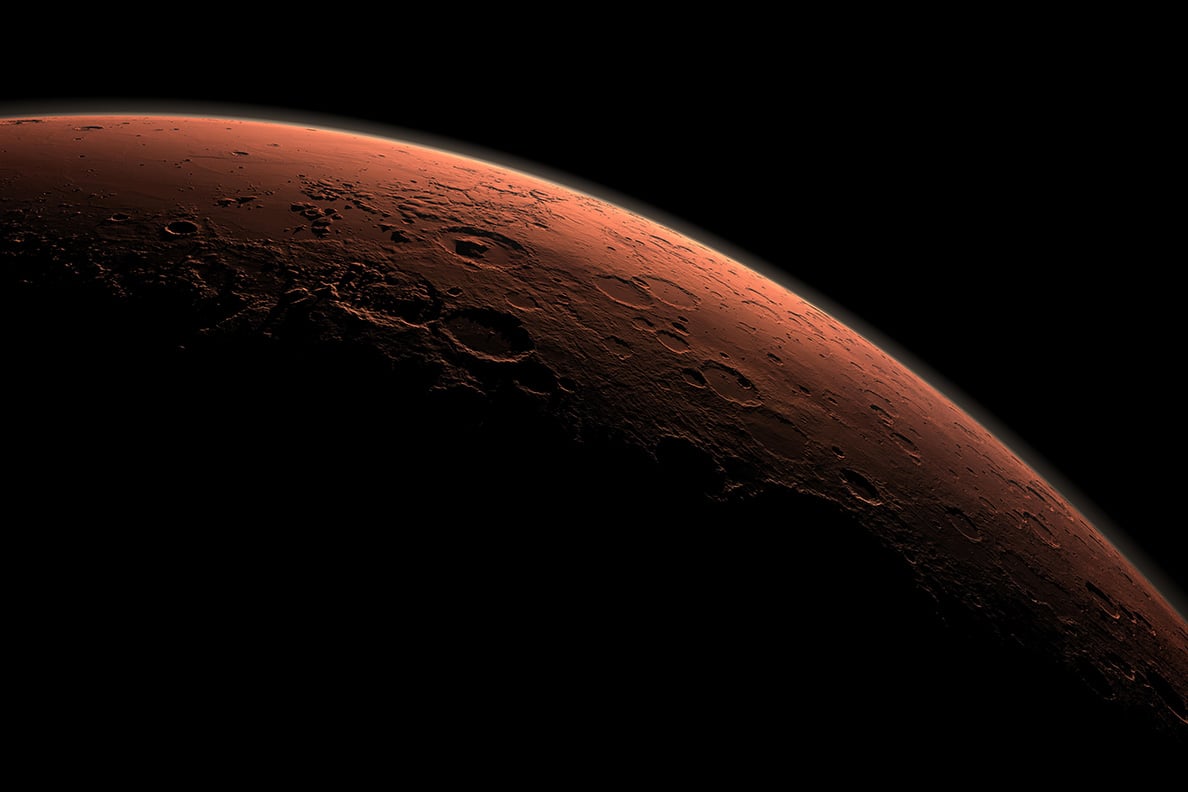
Continue reading
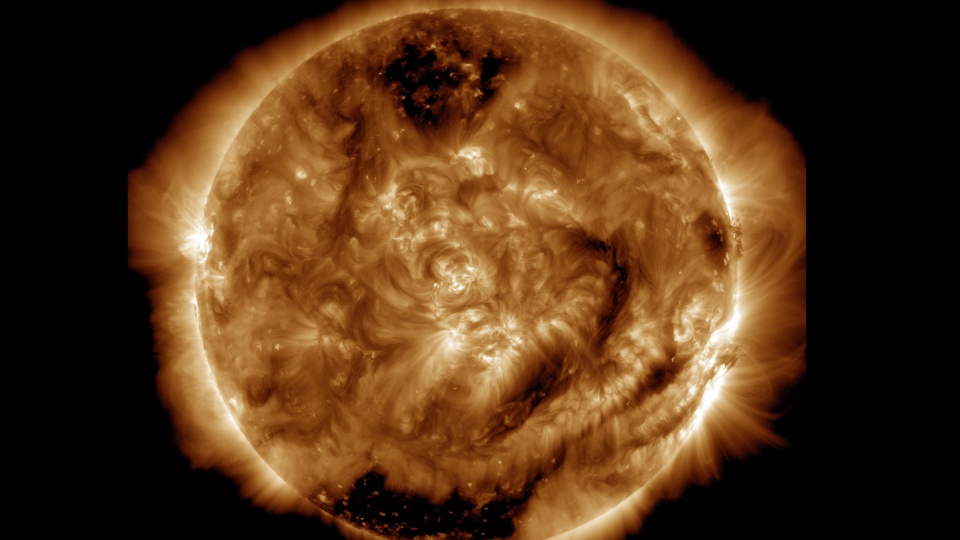
A new study shows that a major solar storm took place roughly 9,200 years ago, a time when solar activity was believed to be more "quiet."
Continue reading
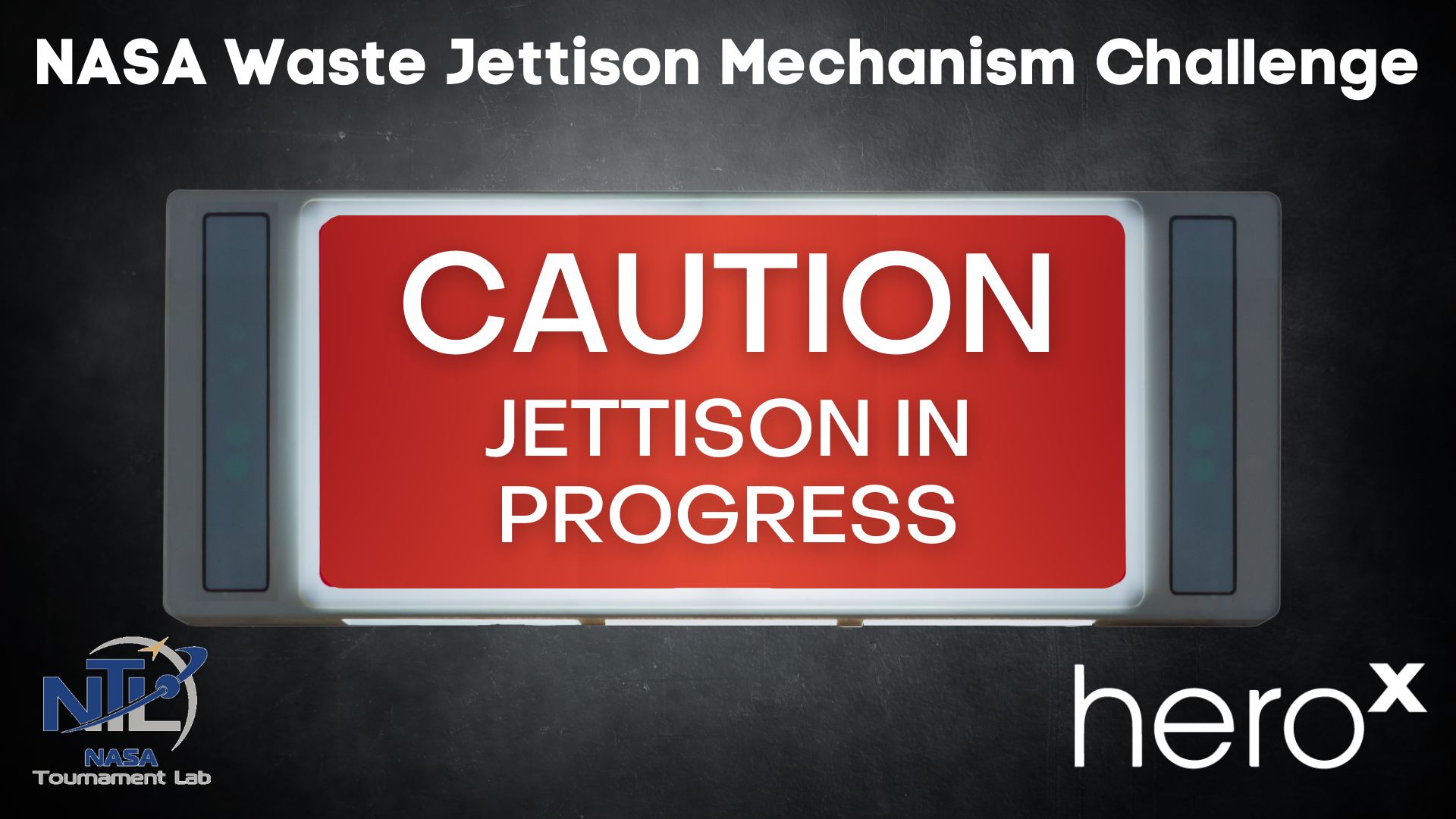
NASA and HeroX are looking for innovative ideas for what to do about the non-recyclable waste astronauts will have to deal with in space!
Continue reading
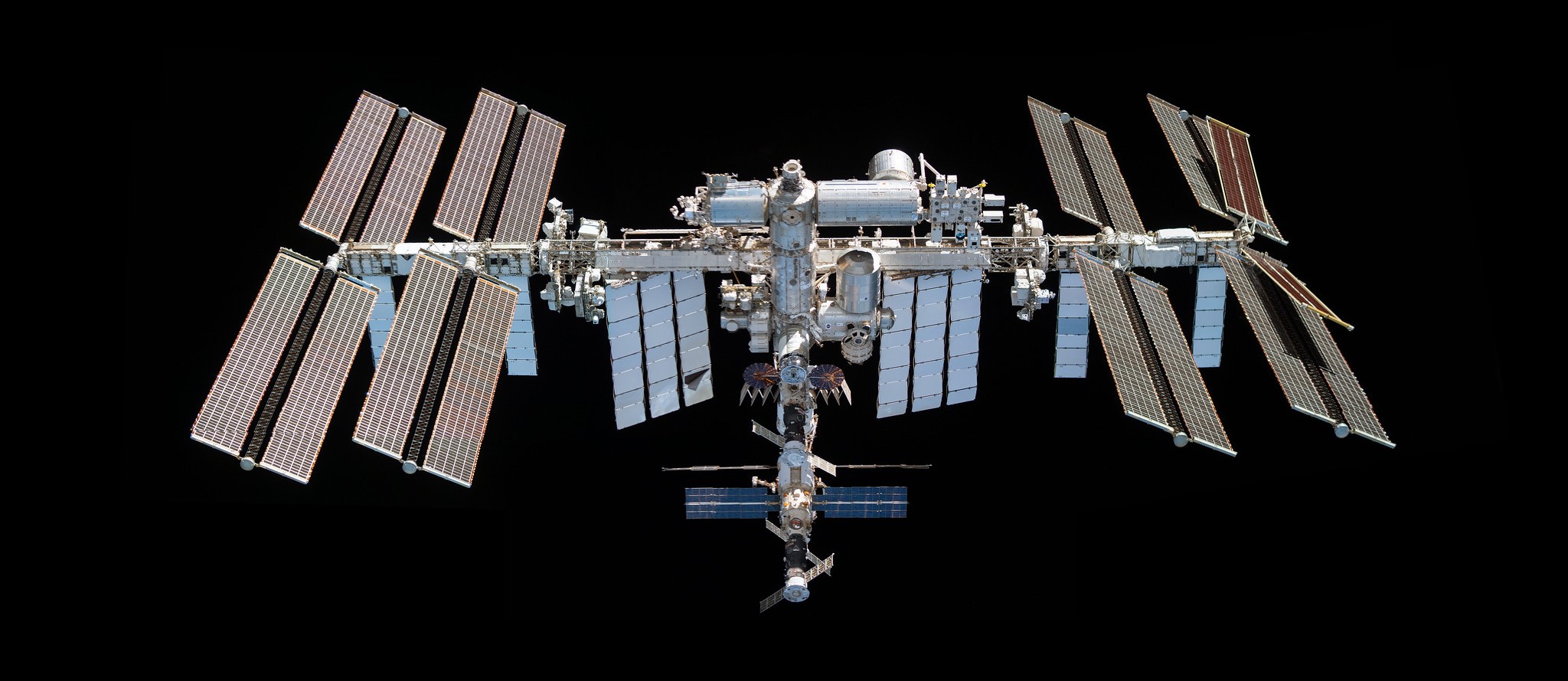
Continue reading
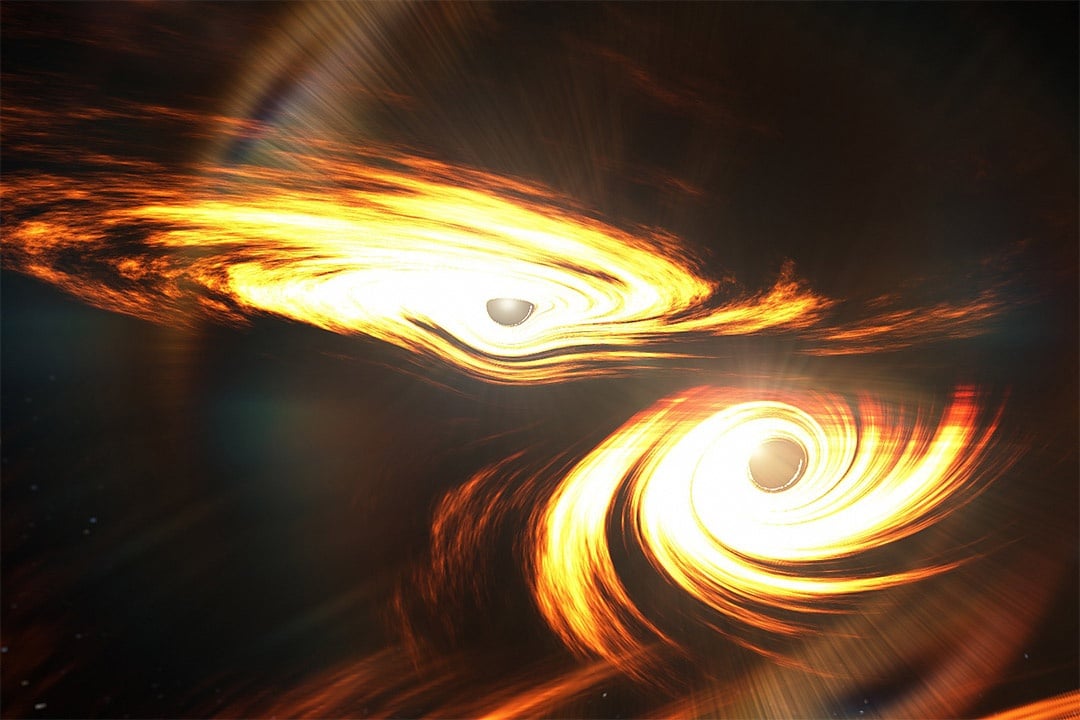
Recent research into a gravitational wave event has revealed new insights into black hole mergers, cosmic expansion, and the growth of supermassive black holes.
Continue reading
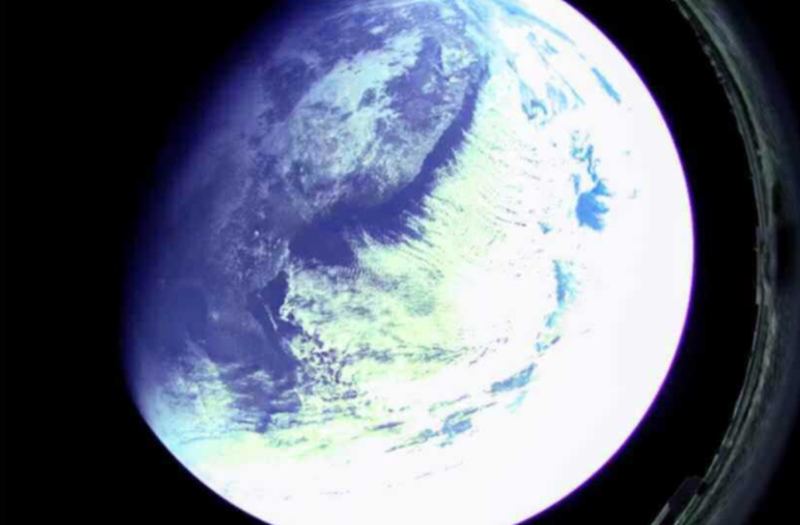
Continue reading
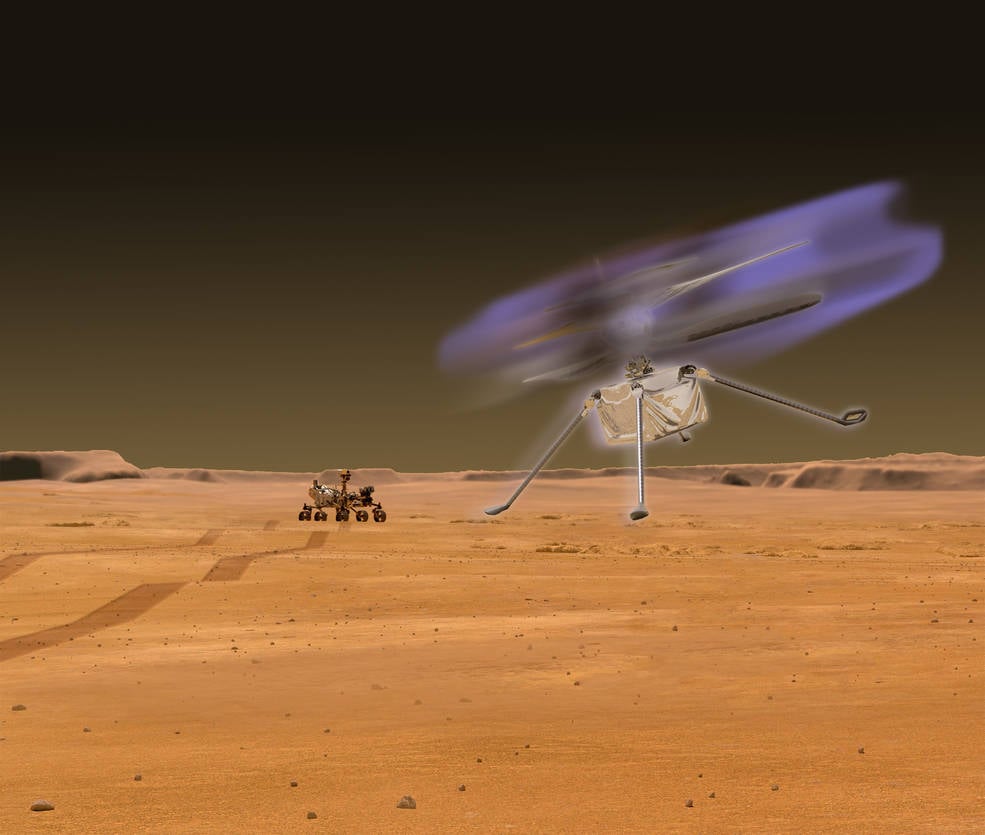
Continue reading
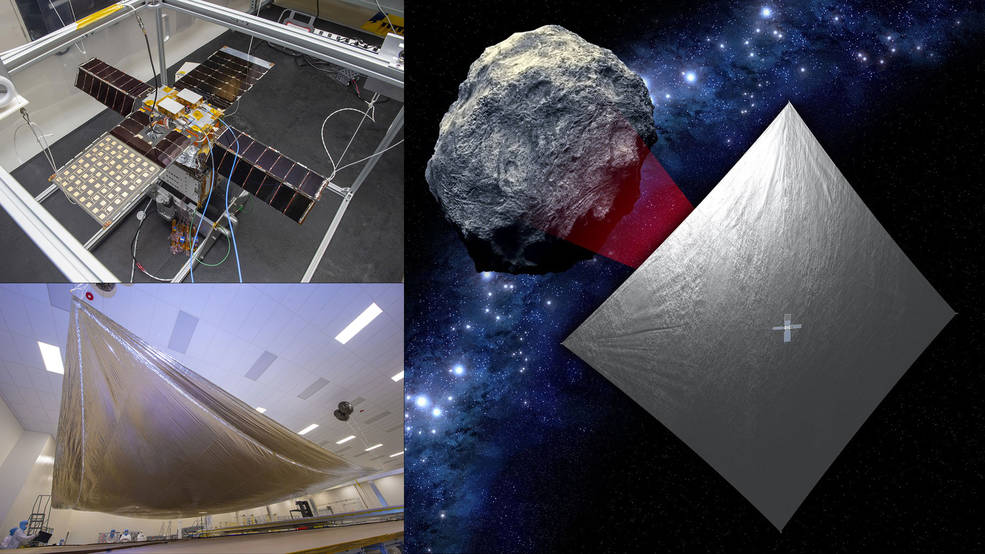
NEA Scout will hitch a ride to an asteroid on the Artemis 1 Moon mission.
Continue reading
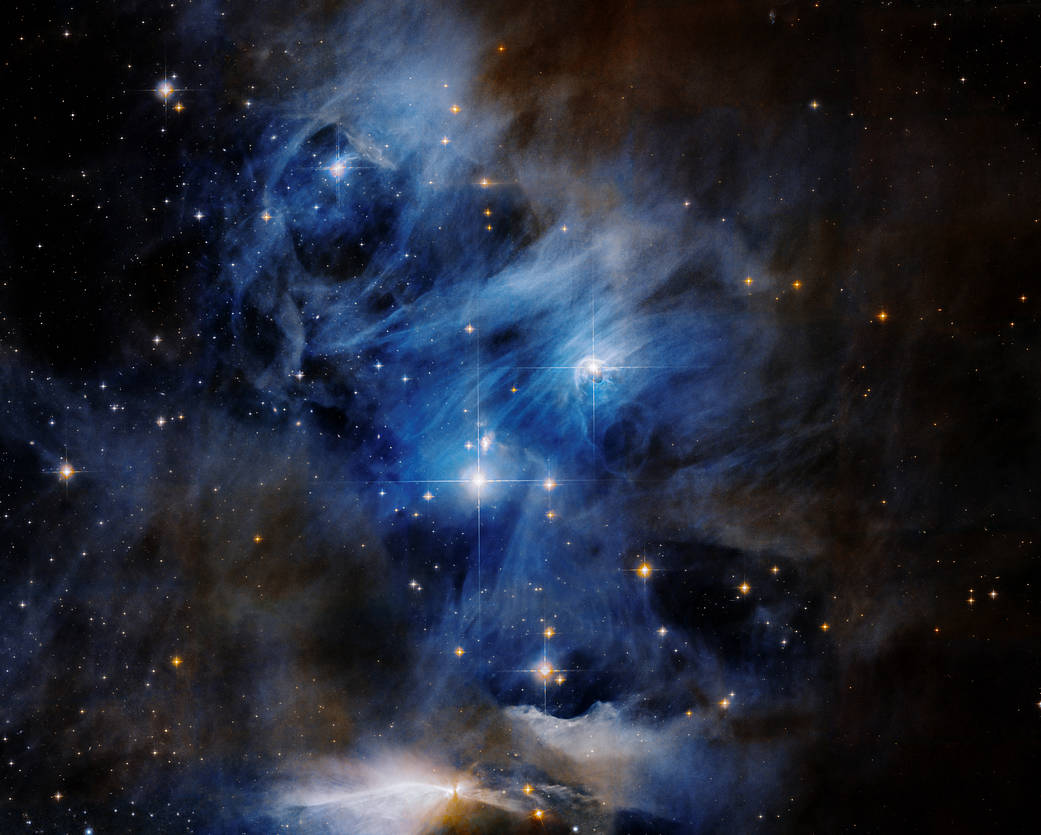
Continue reading
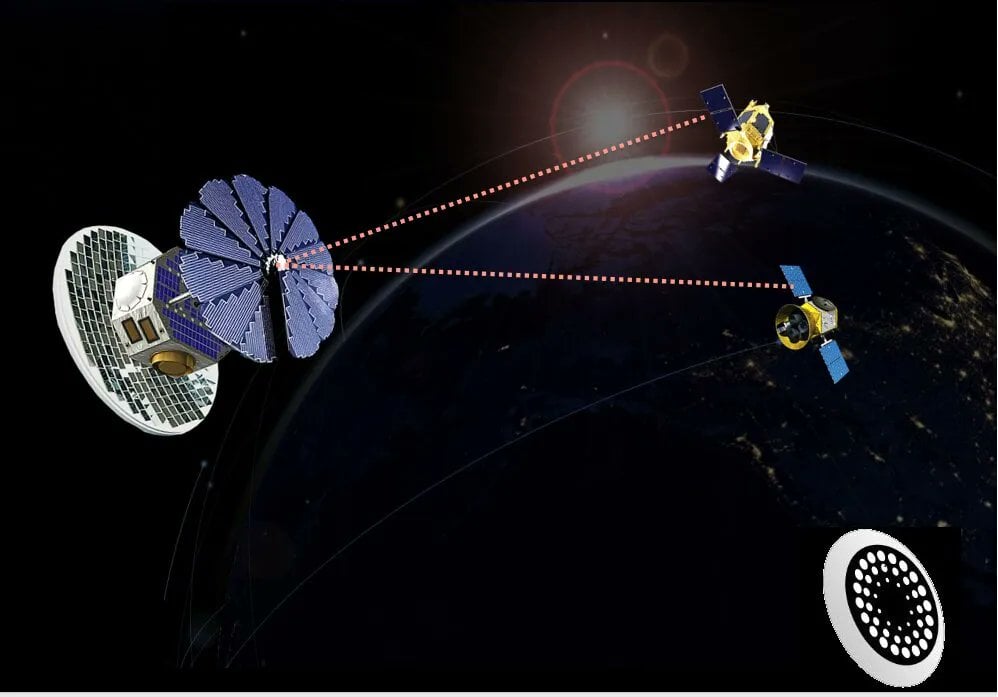
Continue reading
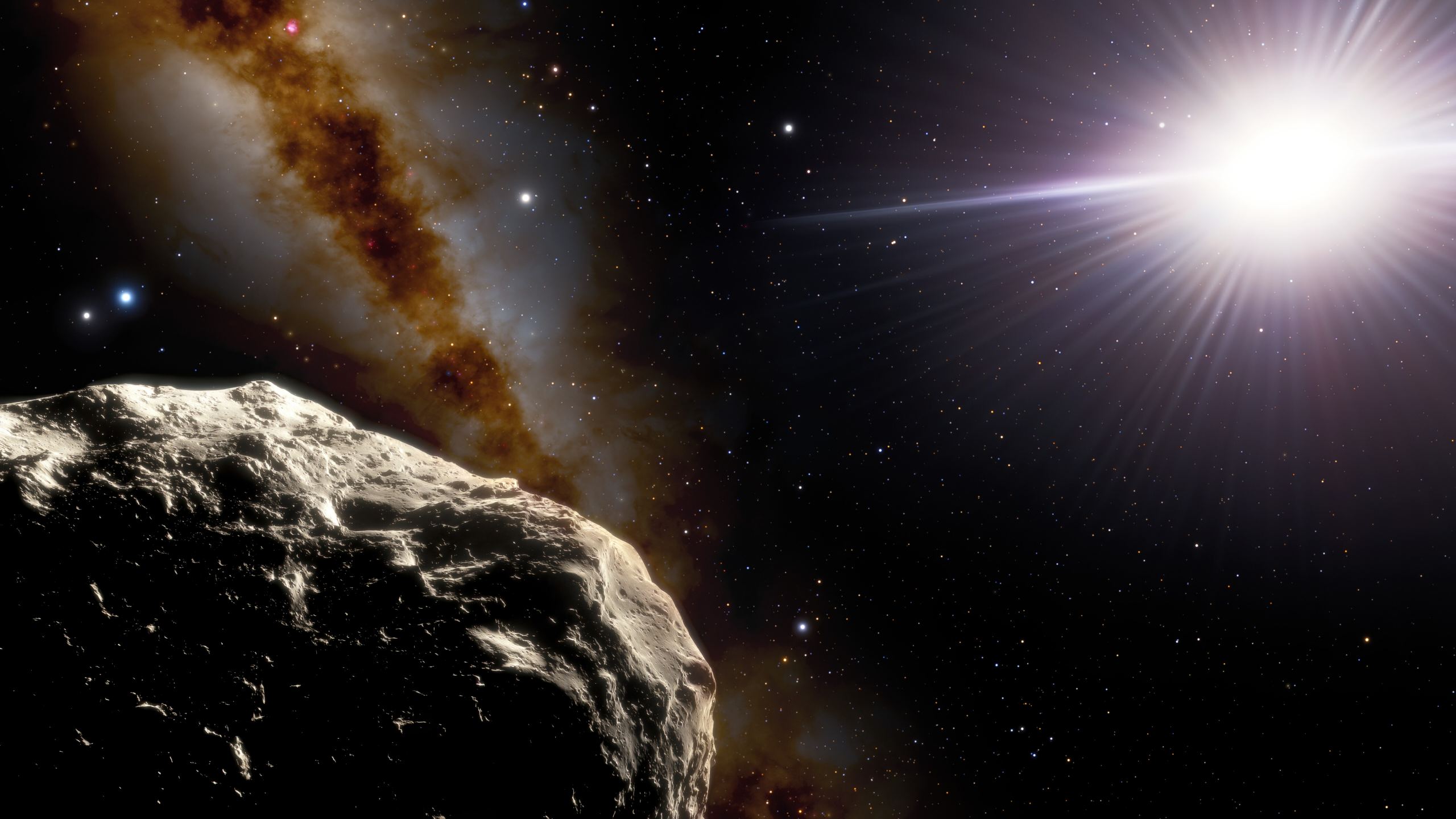
Continue reading
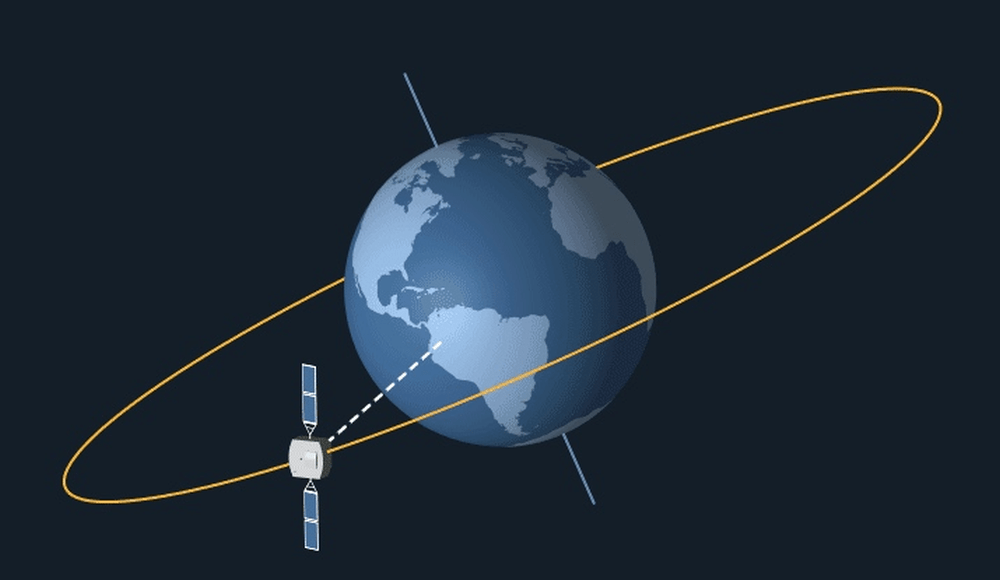
Continue reading
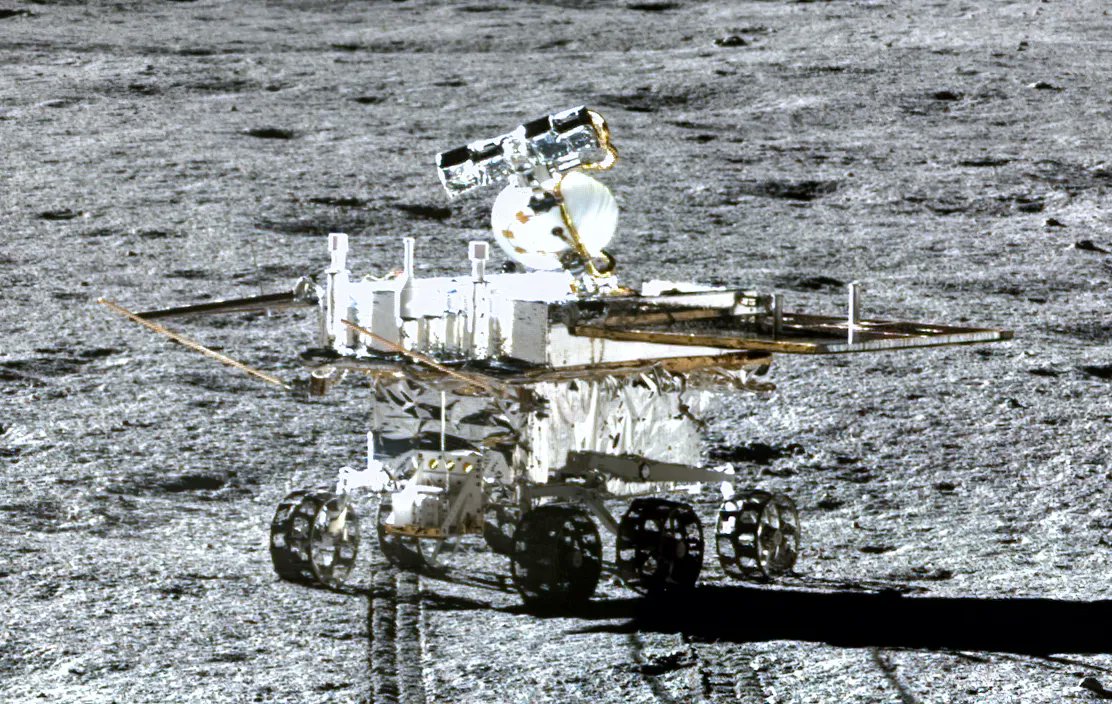
Continue reading
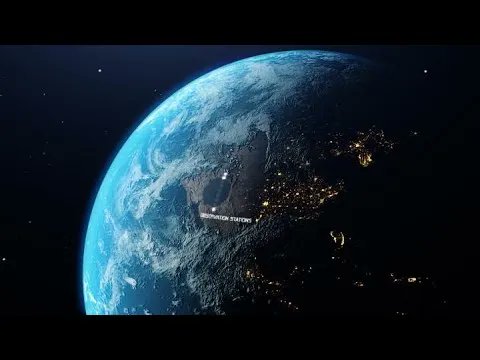
Continue reading
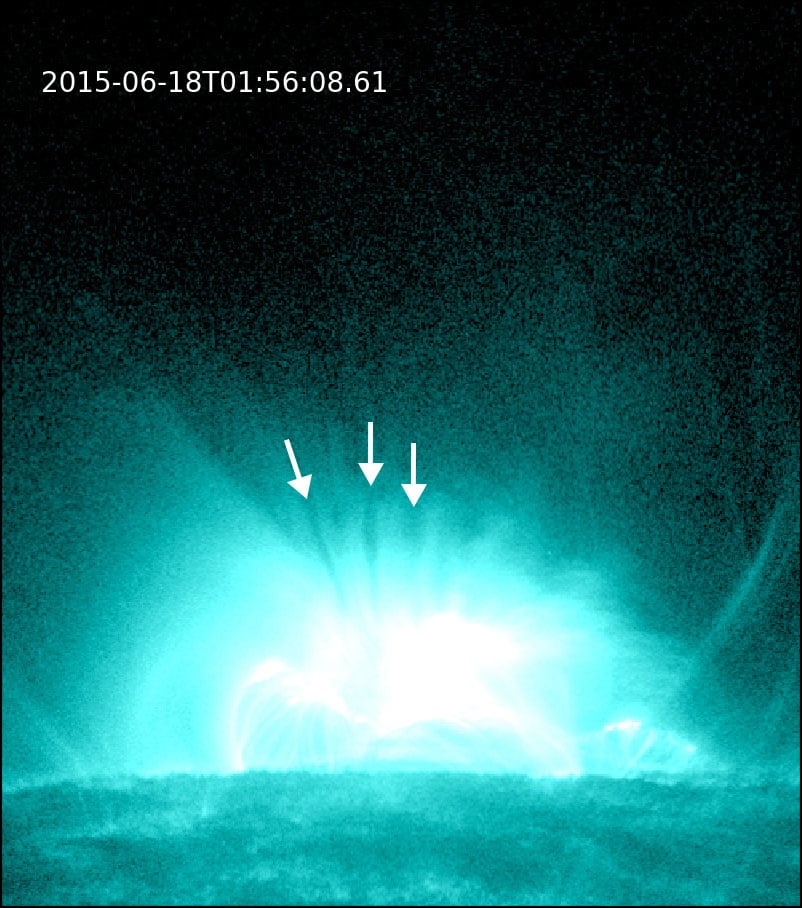
Continue reading
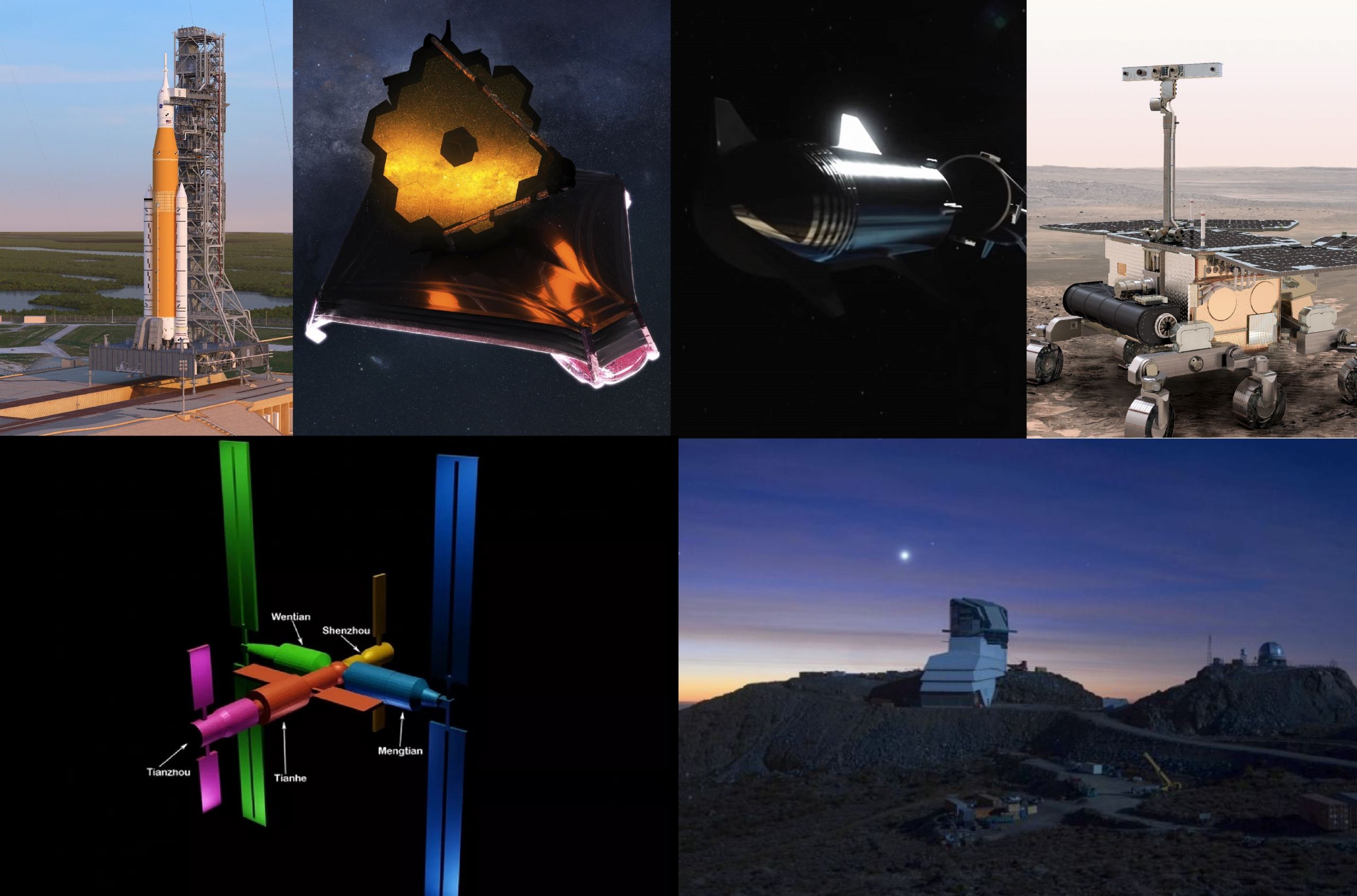
There are so many exciting spaceflight missions and milestones in store for 2022! Here are some of the biggest stories expected for the coming year!
Continue reading
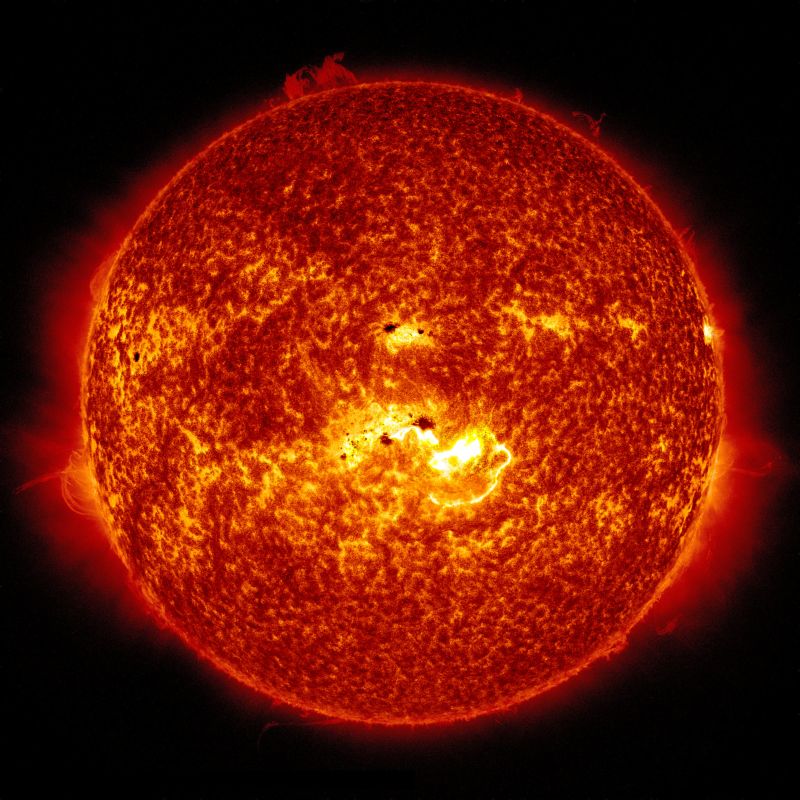
Continue reading
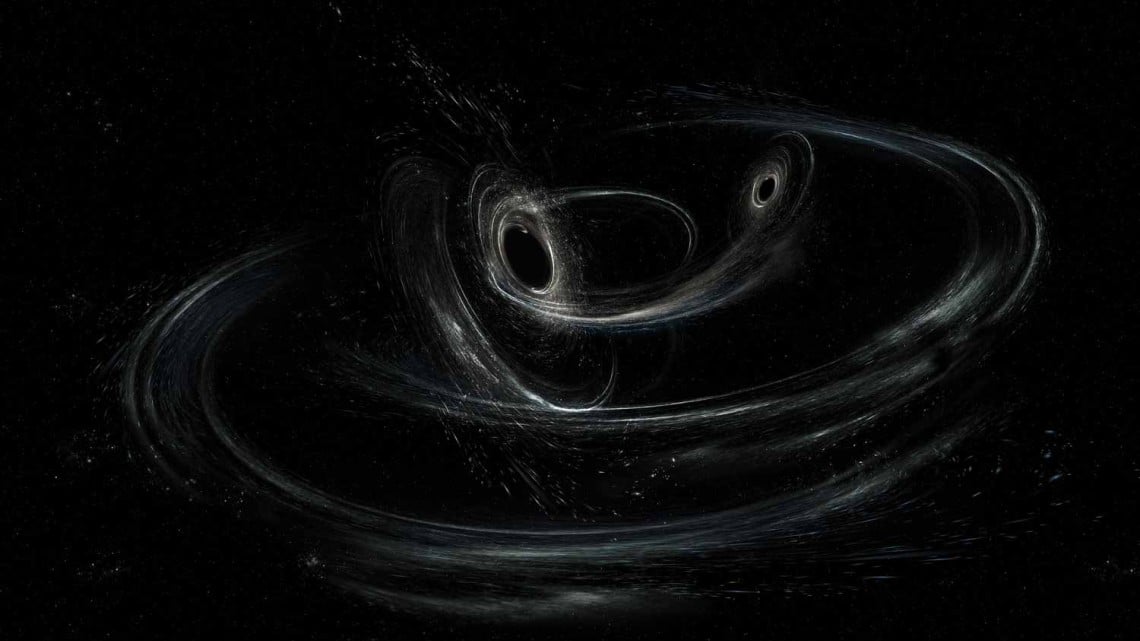
Gravitational waves from merging black holes can tell us more about a gravitational dance known as spin-orbit resonance.
Continue reading
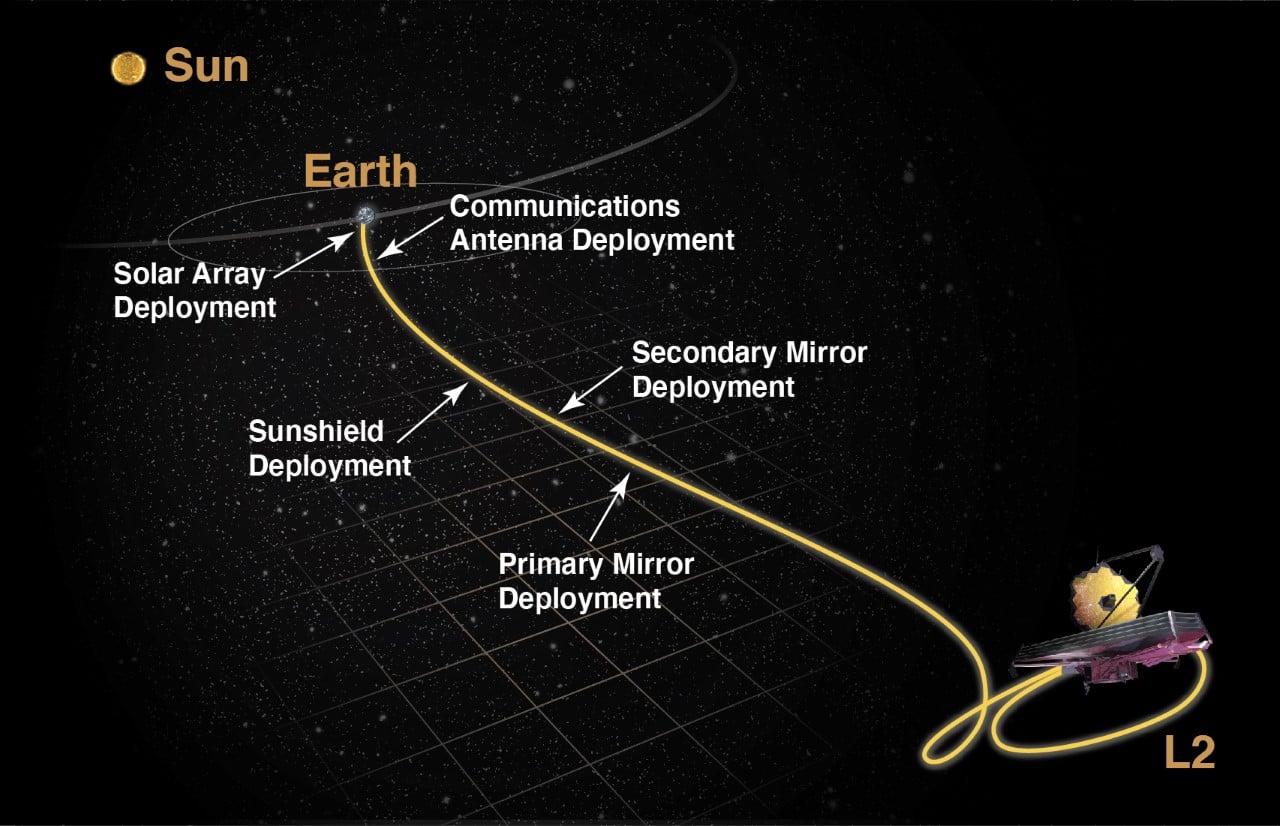
The Virtual Telescope Project recently provided images of the James Webb Space Telescope in the night sky.
Continue reading
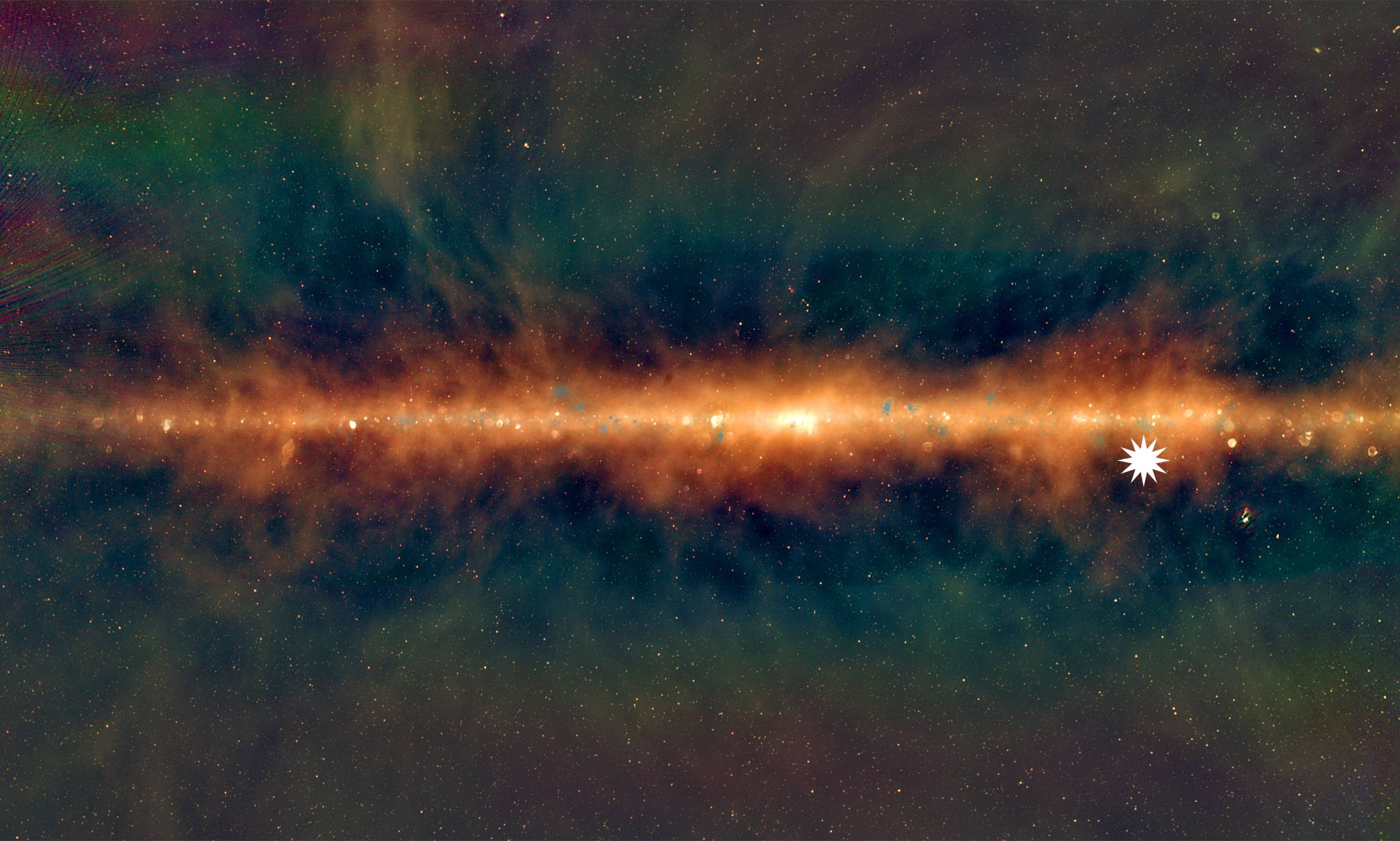
An ultra-long period object might be a magnetar, but it could also be a type of object we've never seen.
Continue reading

Continue reading

More than a century after he first proposed it, Einstein's Theory of Relativity is still foundational to our understanding of the Universe.
Continue reading
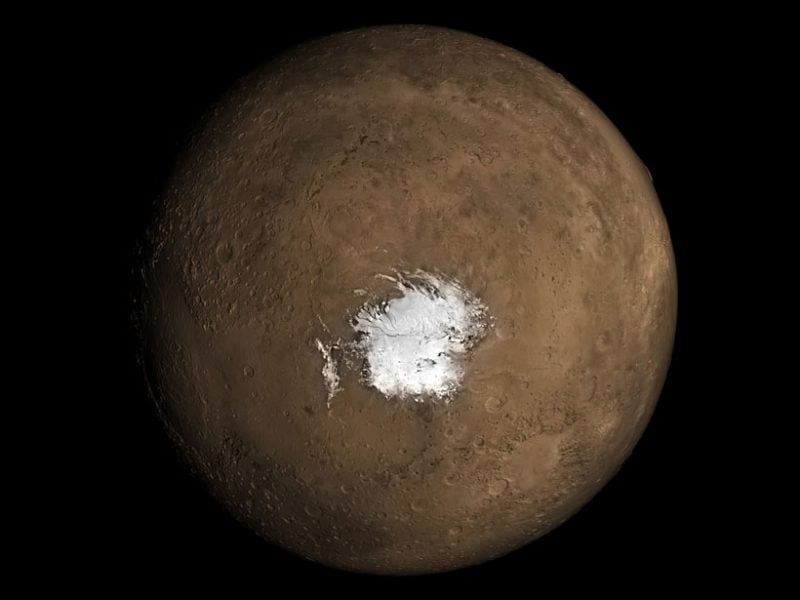
Continue reading

Continue reading
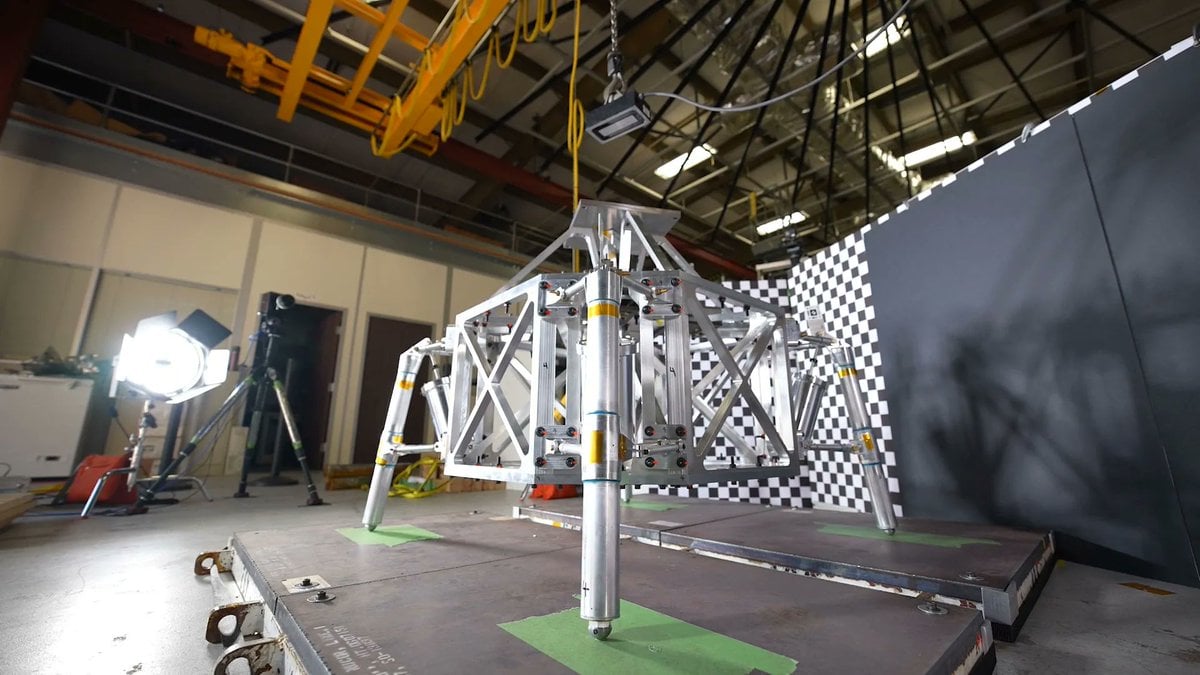
Continue reading
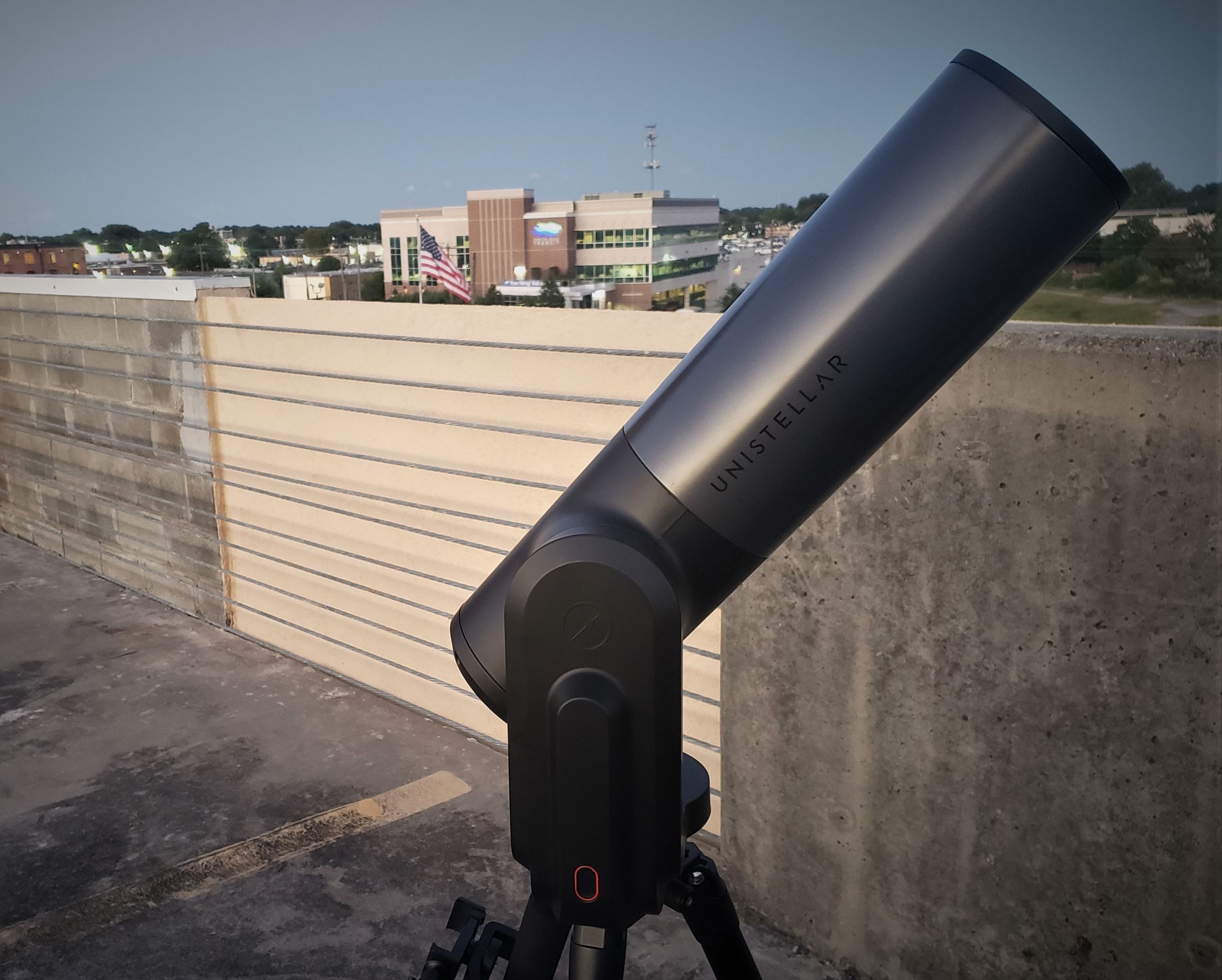
Unistellar's eVscope has proven its ability to do serious astronomy, with more to come in 2022.
Continue reading
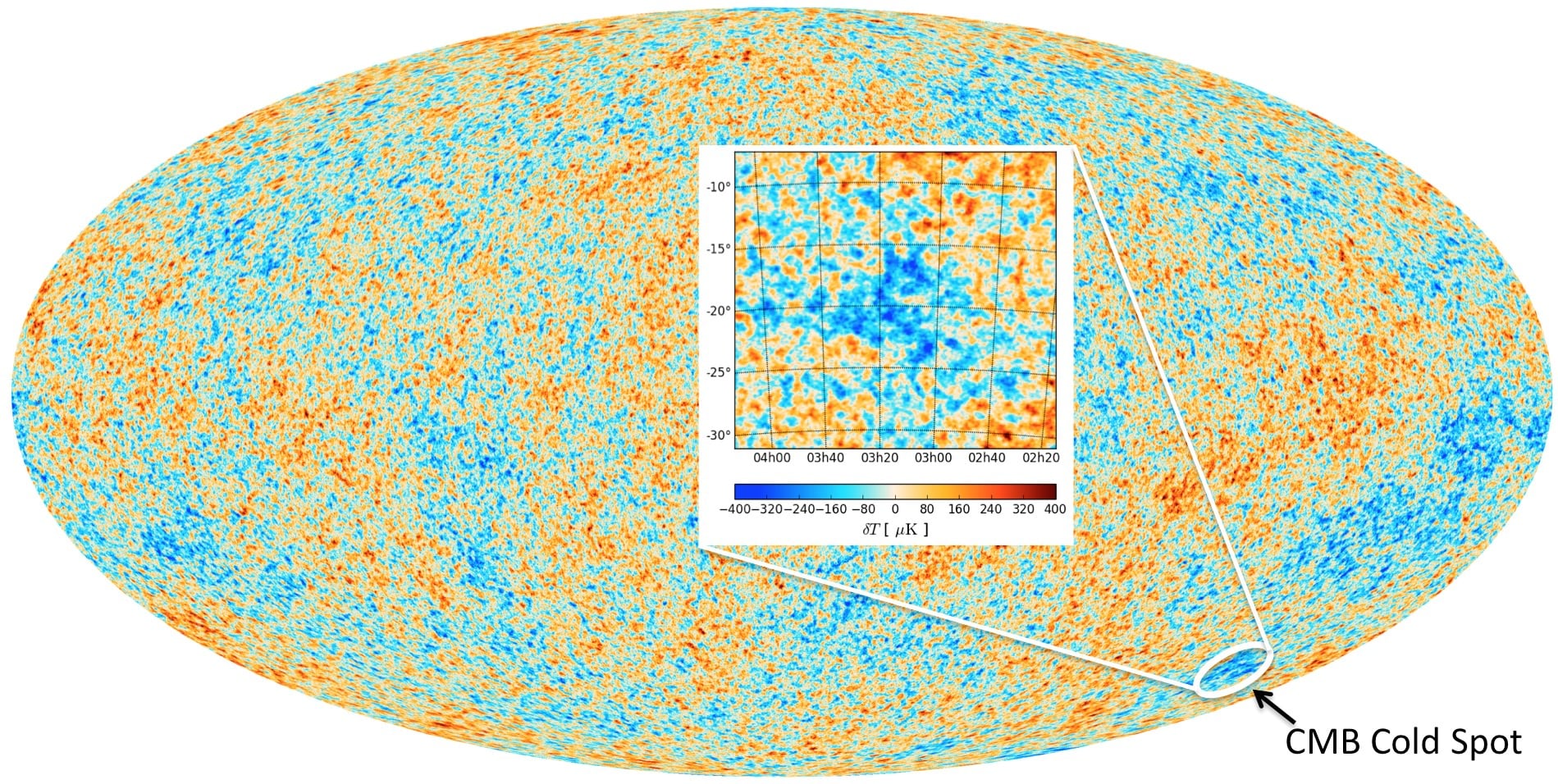
A new study by the Dark Energy Survey (DES) has confirmed the existence of a Supervoid, which could explain how there's a "Cold Spot" in the Cosmic Microwave Background (CMB).
Continue reading
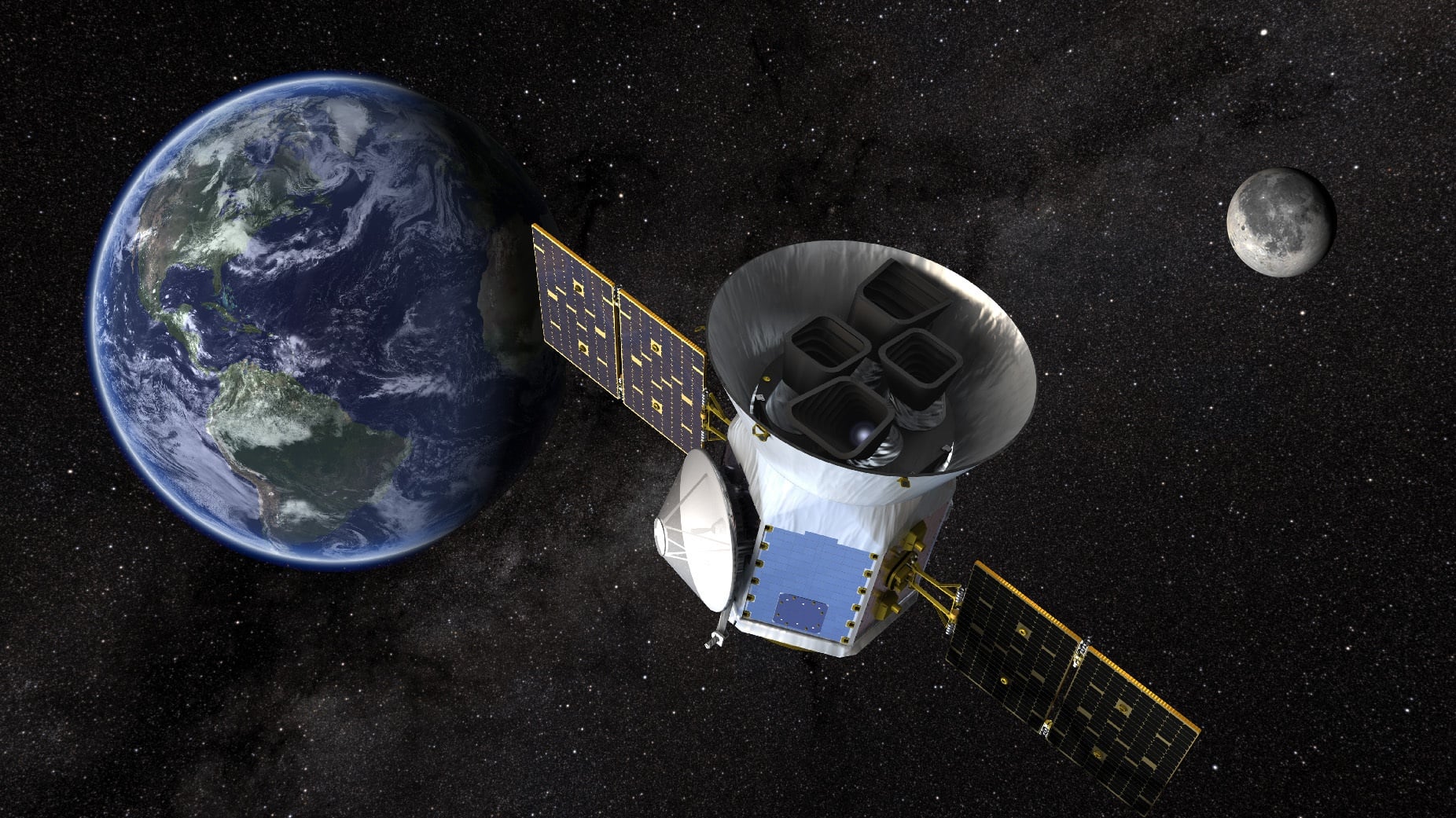
Continue reading
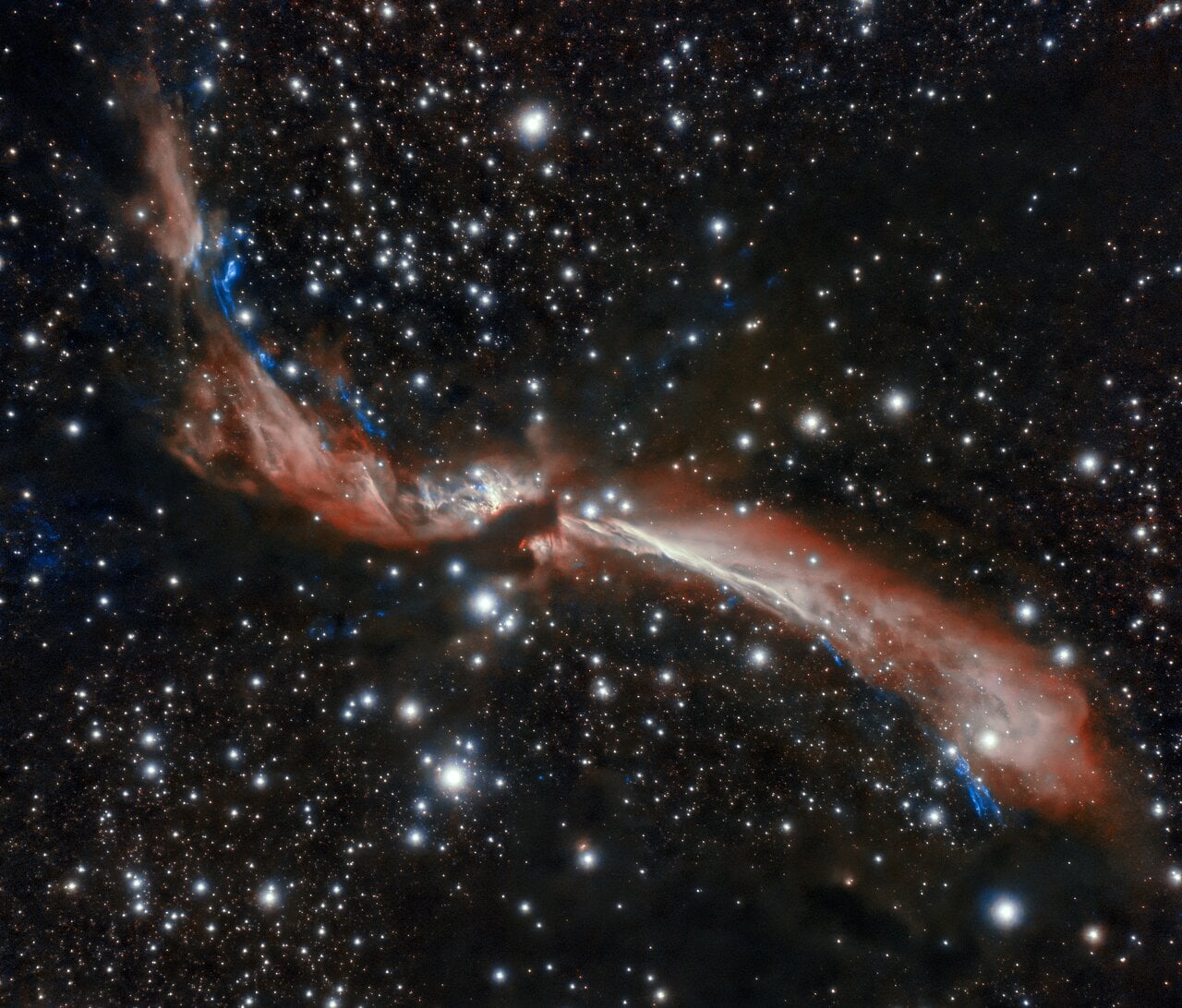
Continue reading
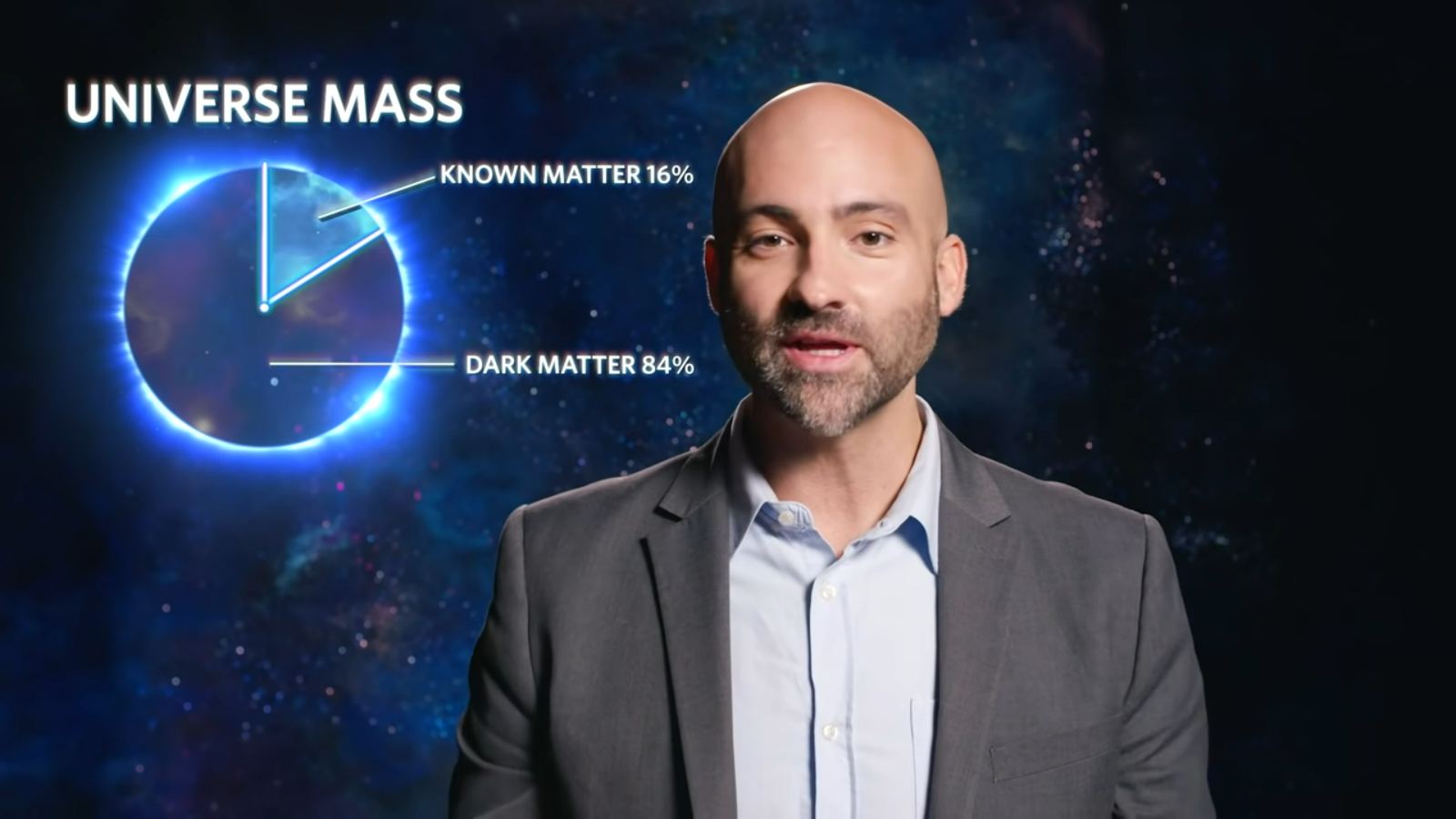
In the first episode of a new series with ArsTechnica - Edge of Knowledge - Dr. Paul Sutter explains the mysterious and elusive nature of Dark Matter!
Continue reading
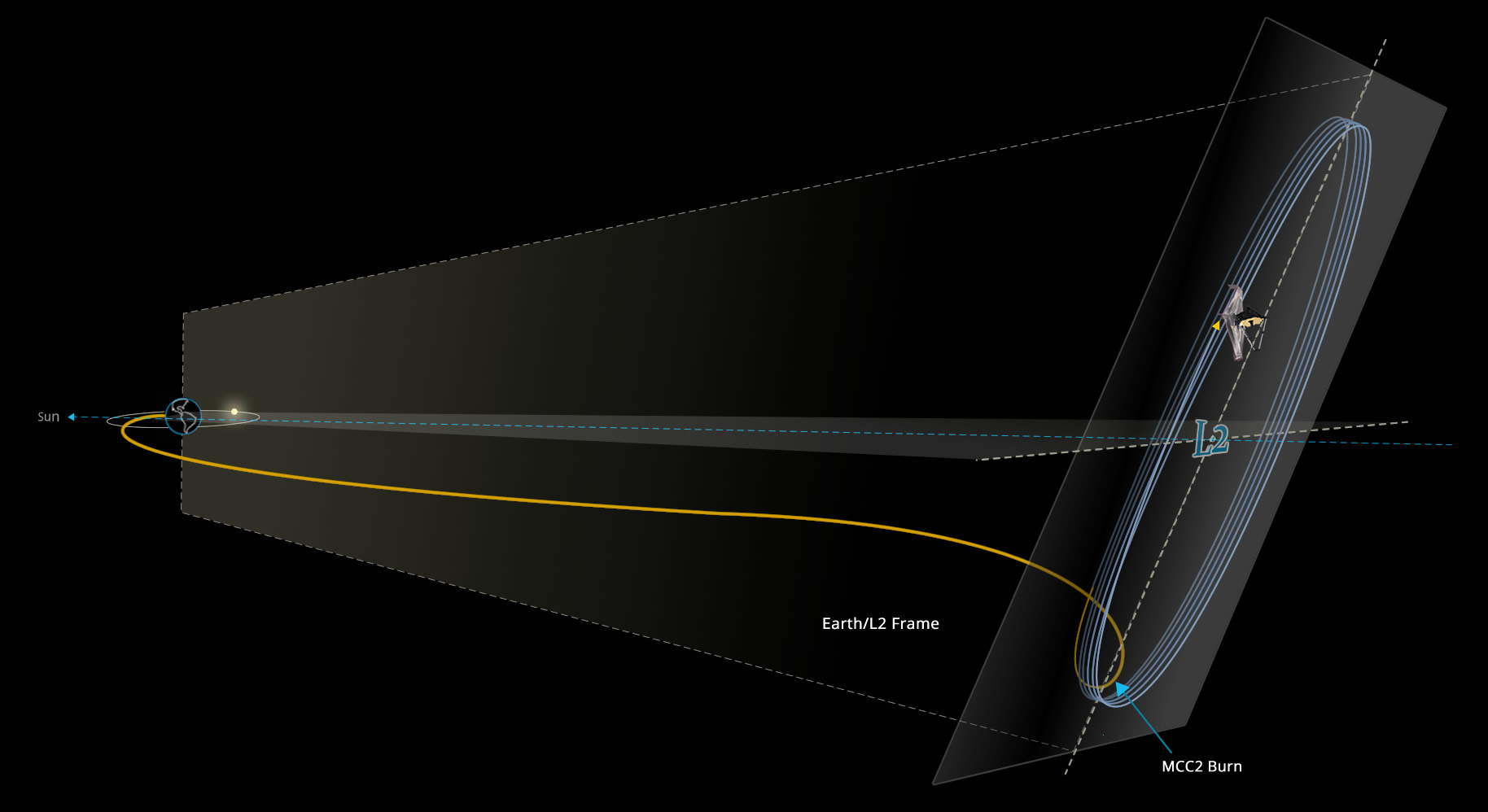
Continue reading
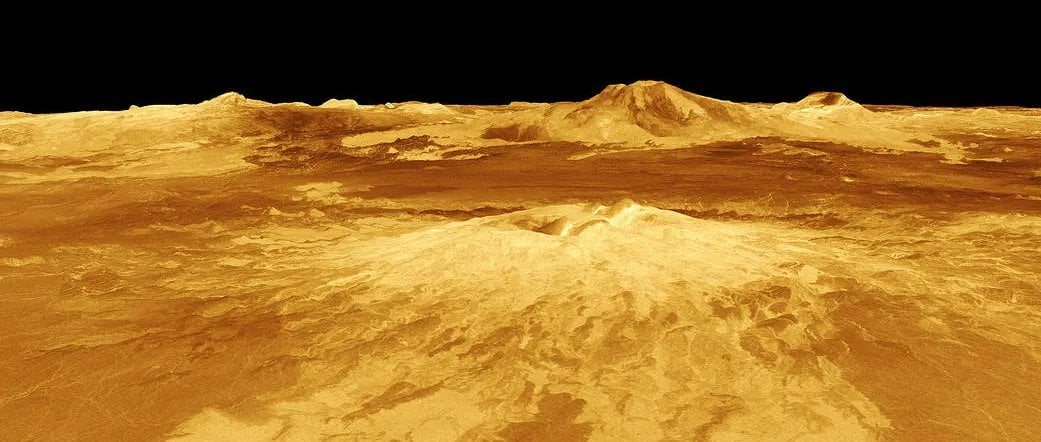
Continue reading
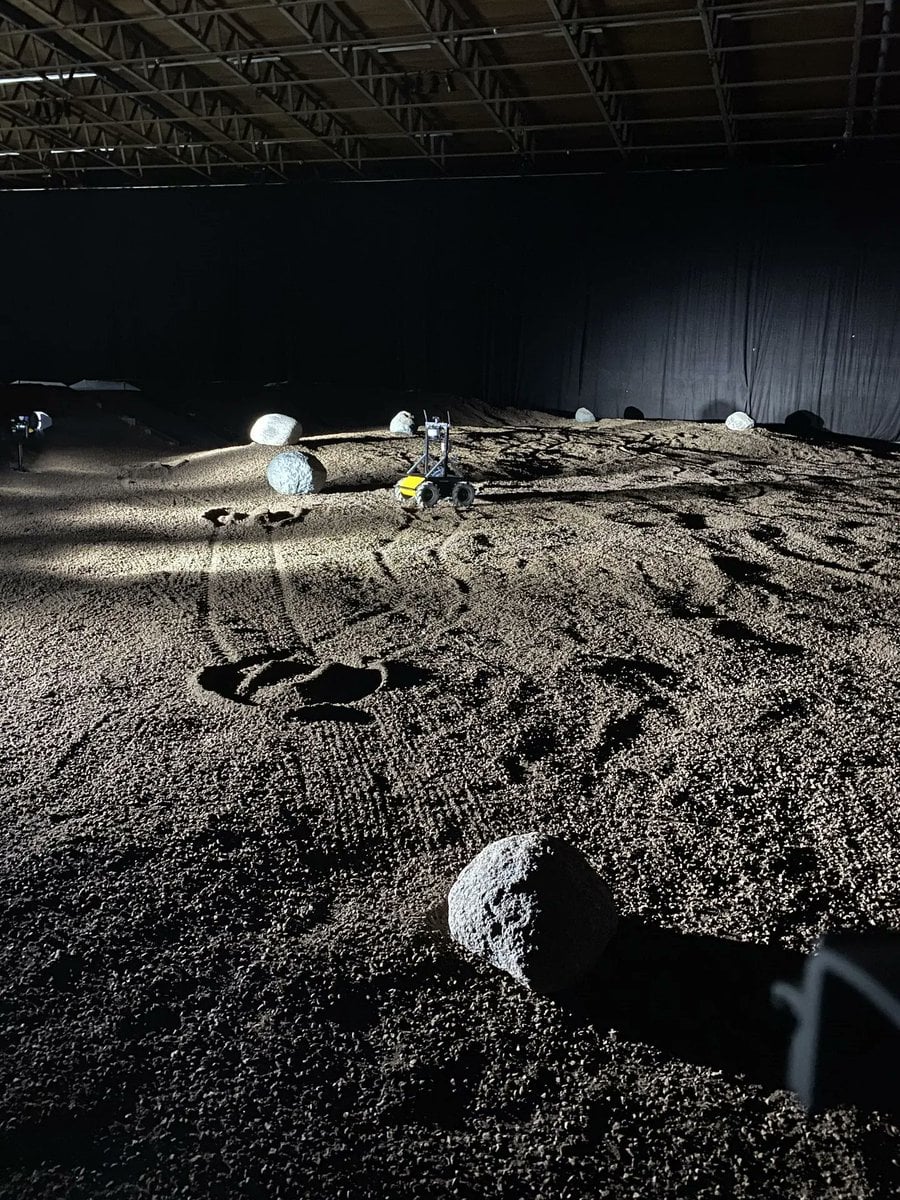
Continue reading
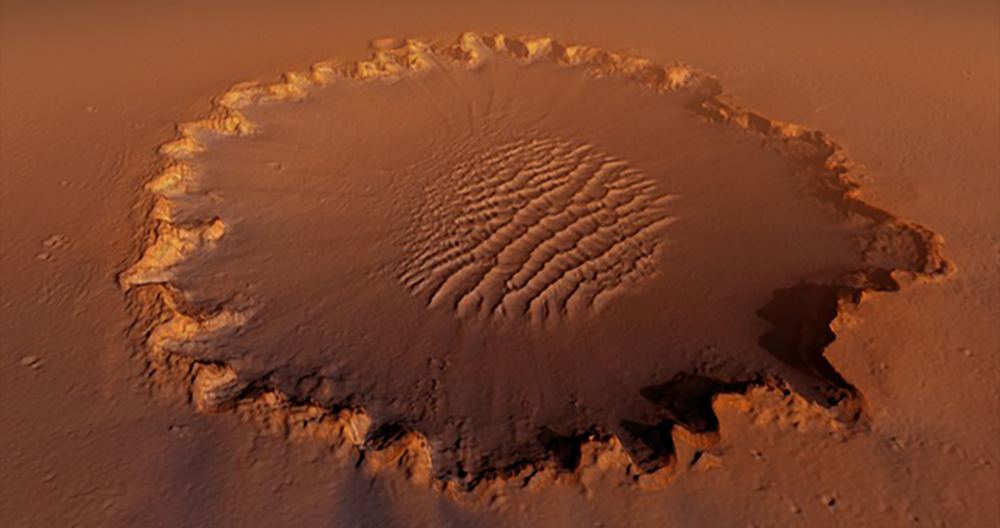
Continue reading
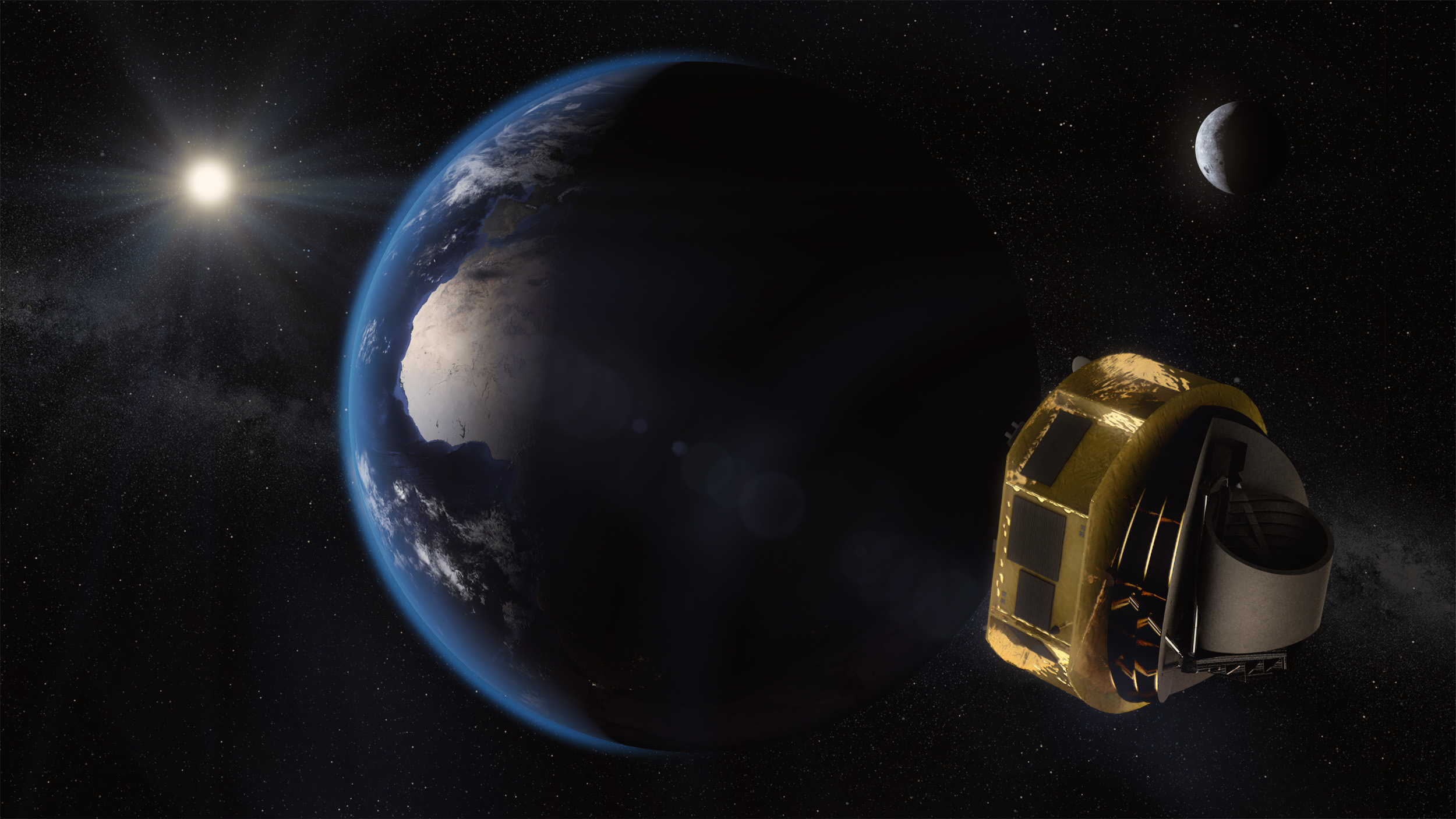
Continue reading

Continue reading
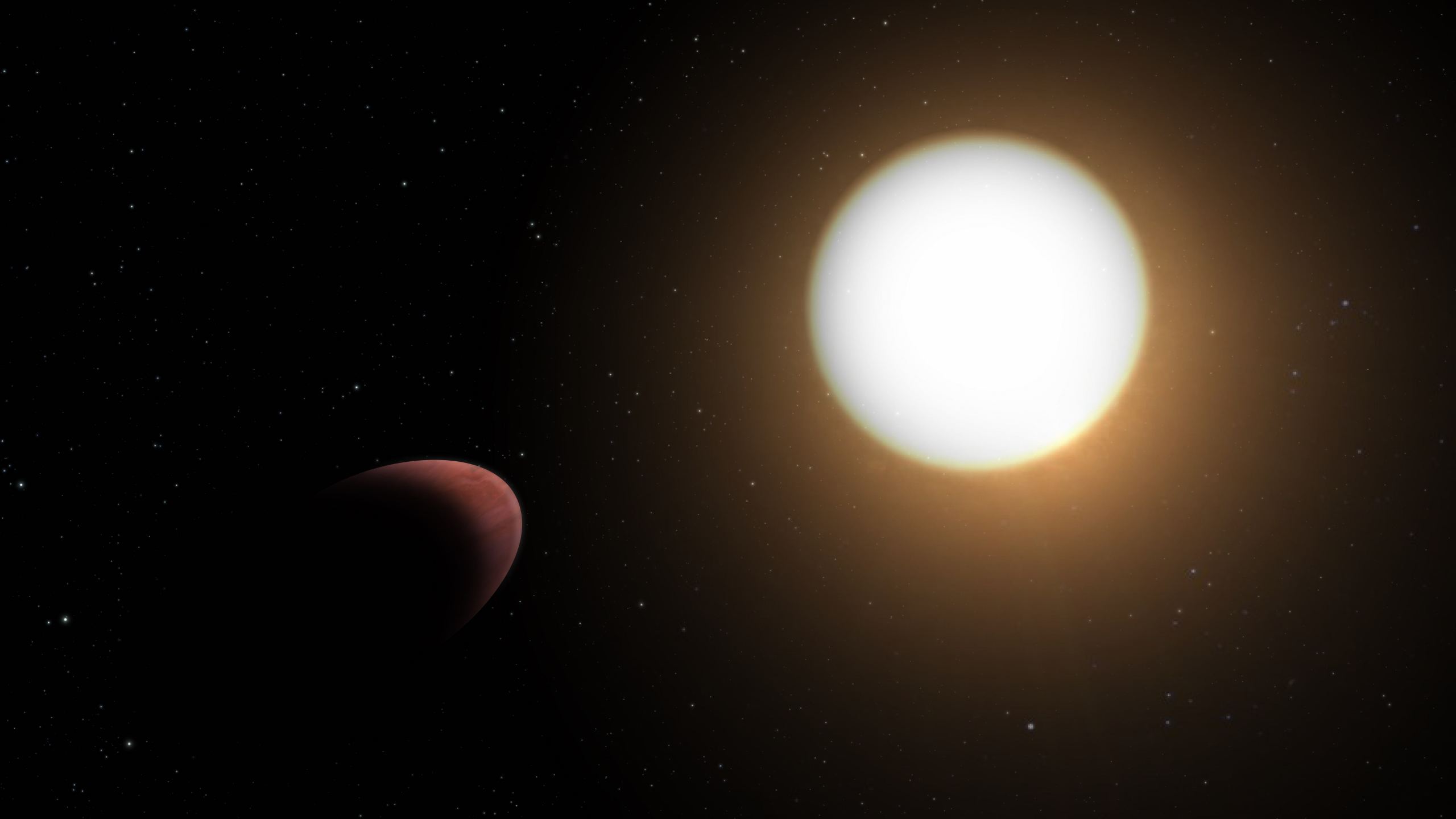
What an exoplanet shaped like a rugby ball tells us about its composition.
Continue reading

A new data release from a gravitational wave consortium has revealed indications of the long sough-after gravitational wave background (GWB).
Continue reading


















































